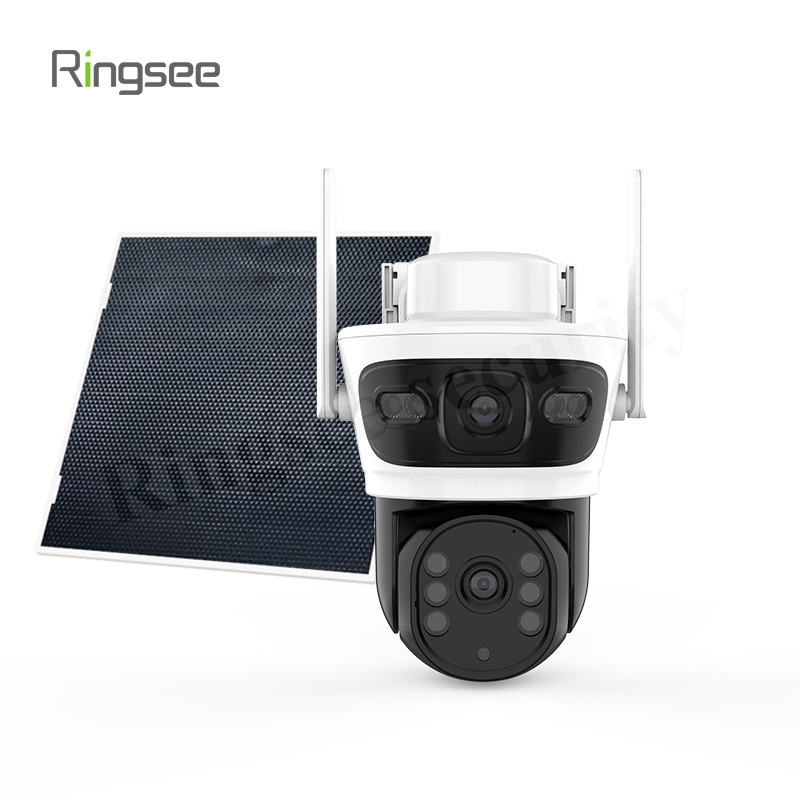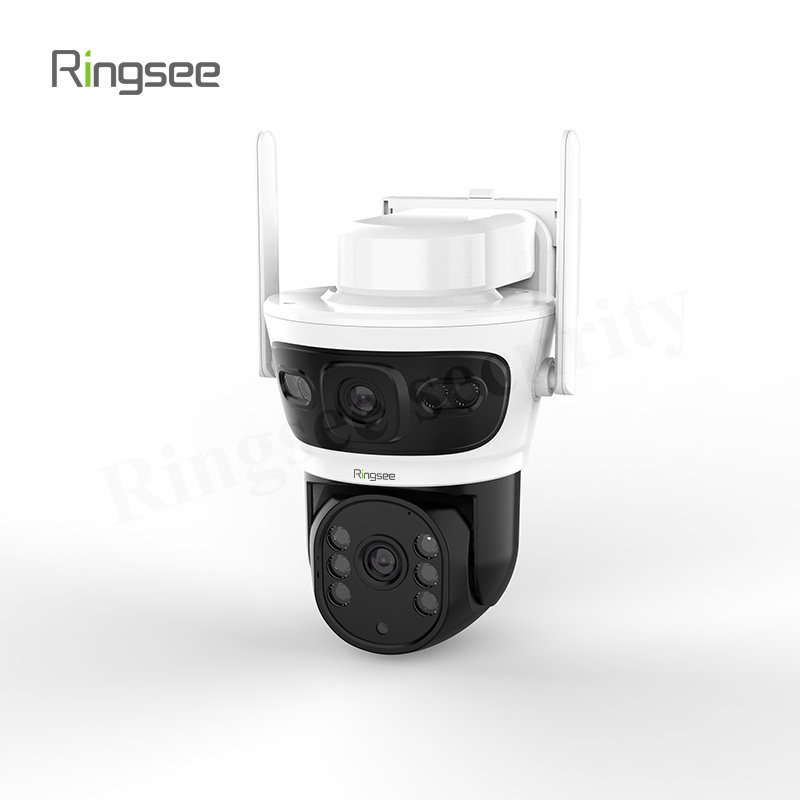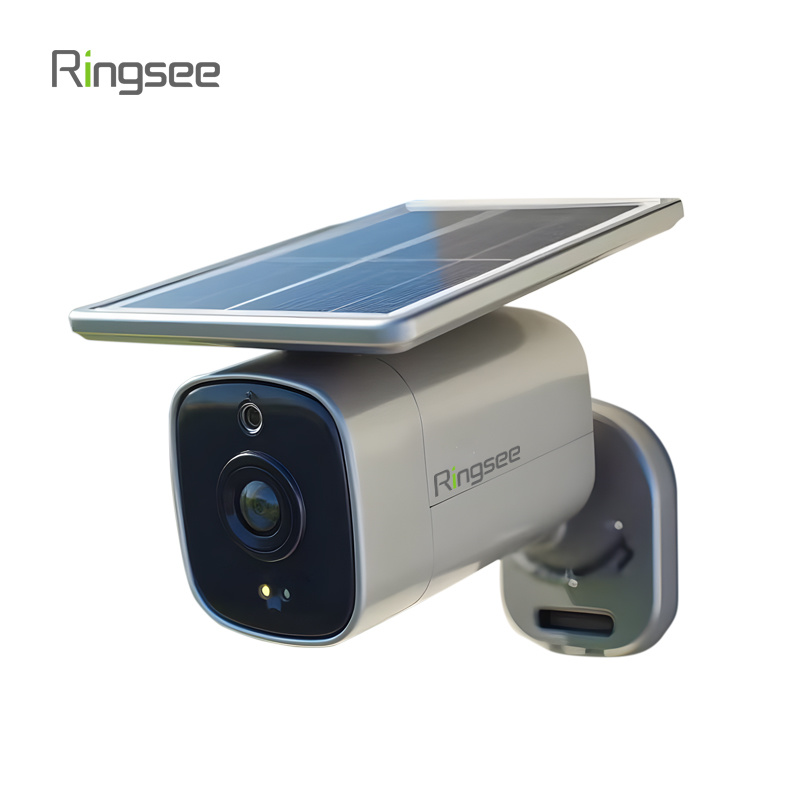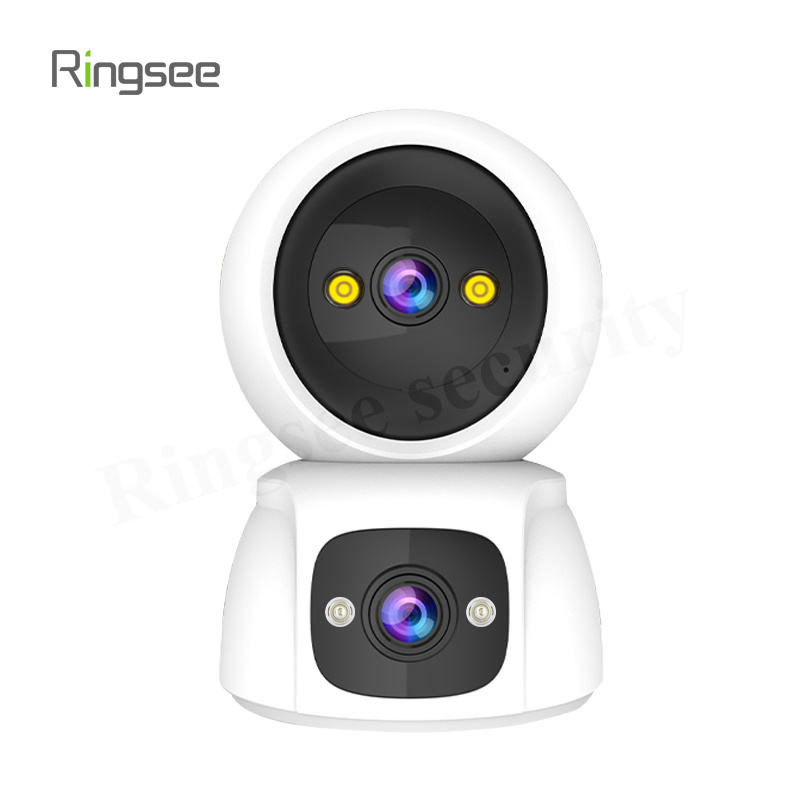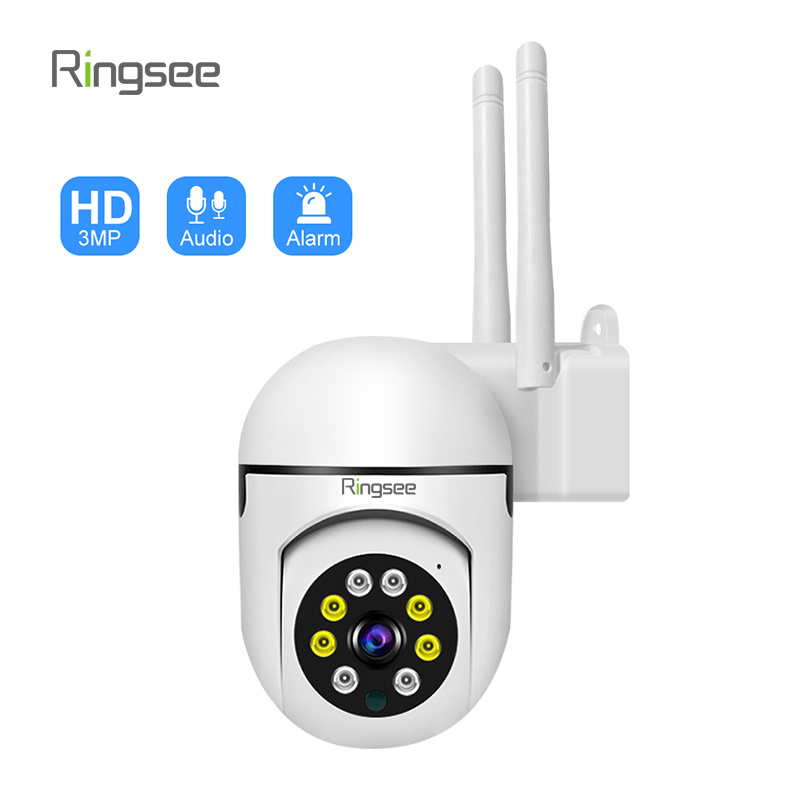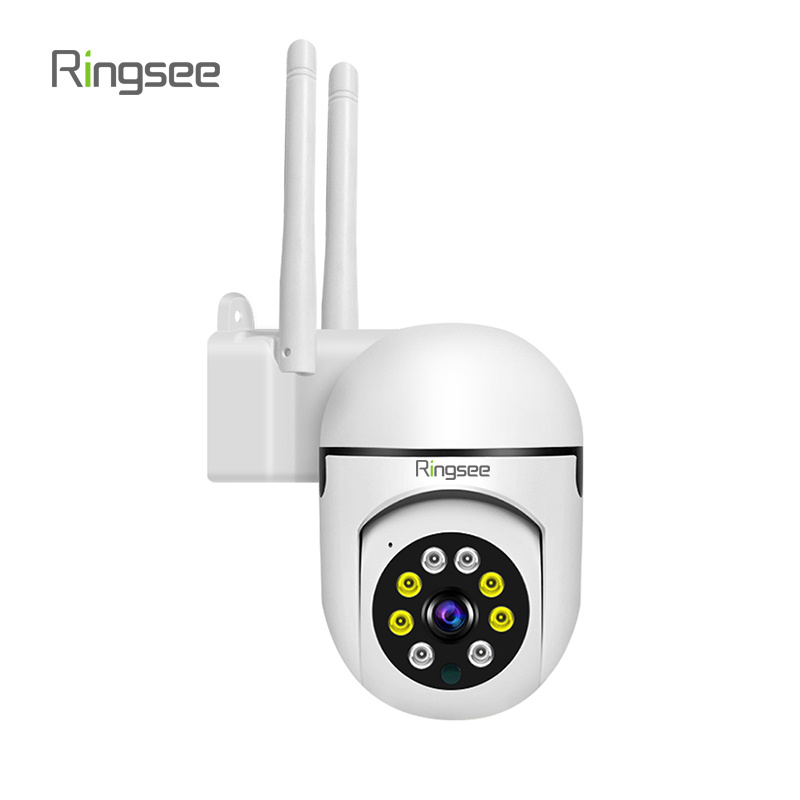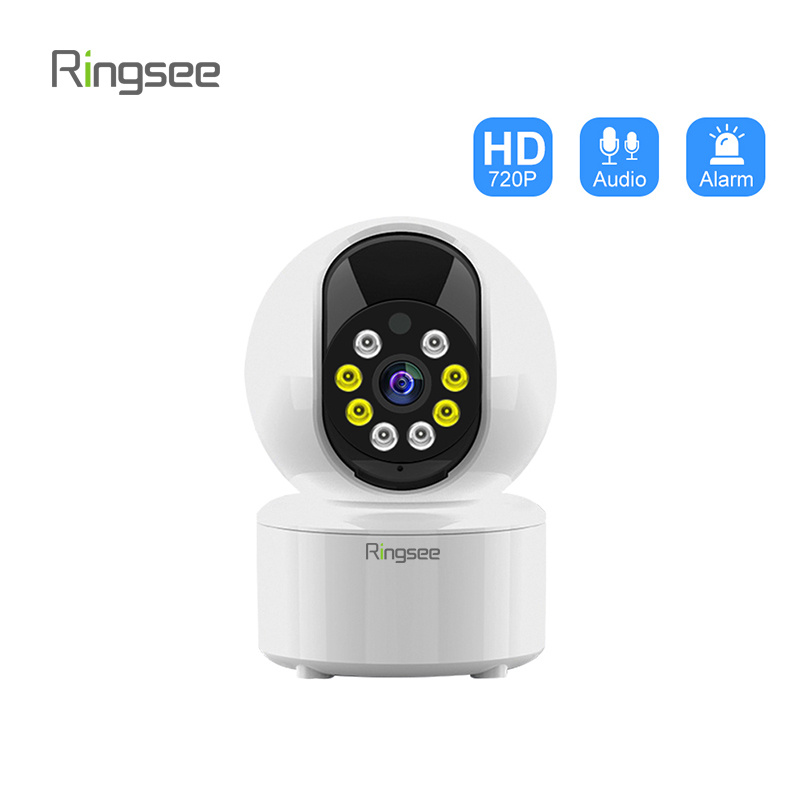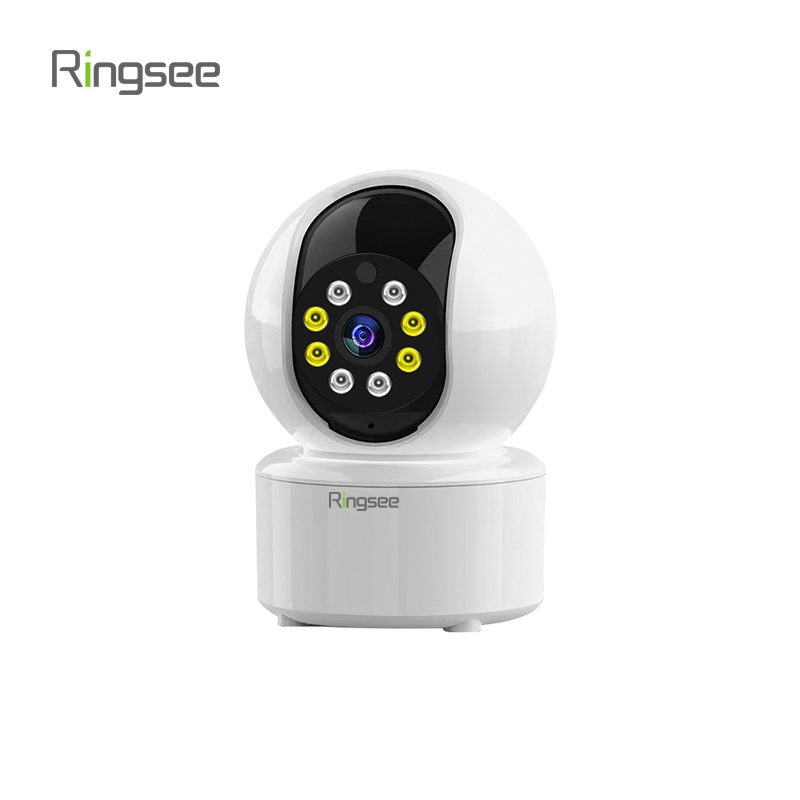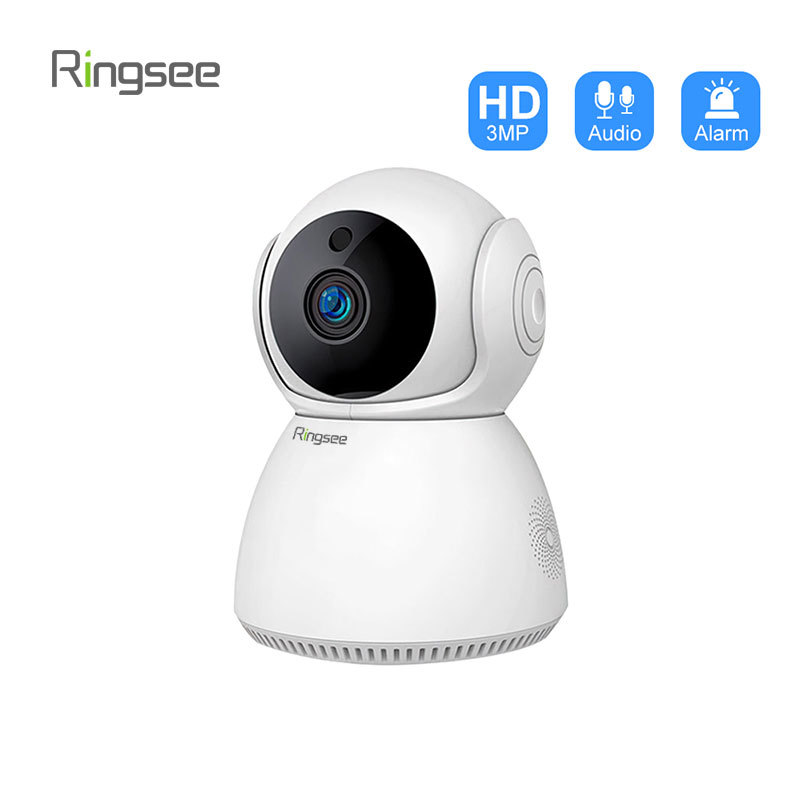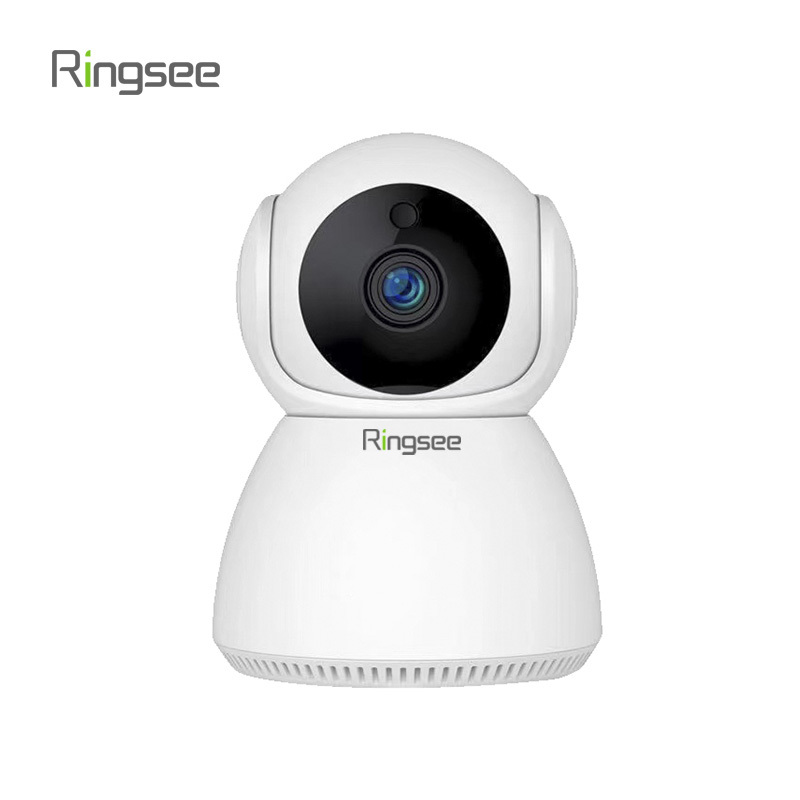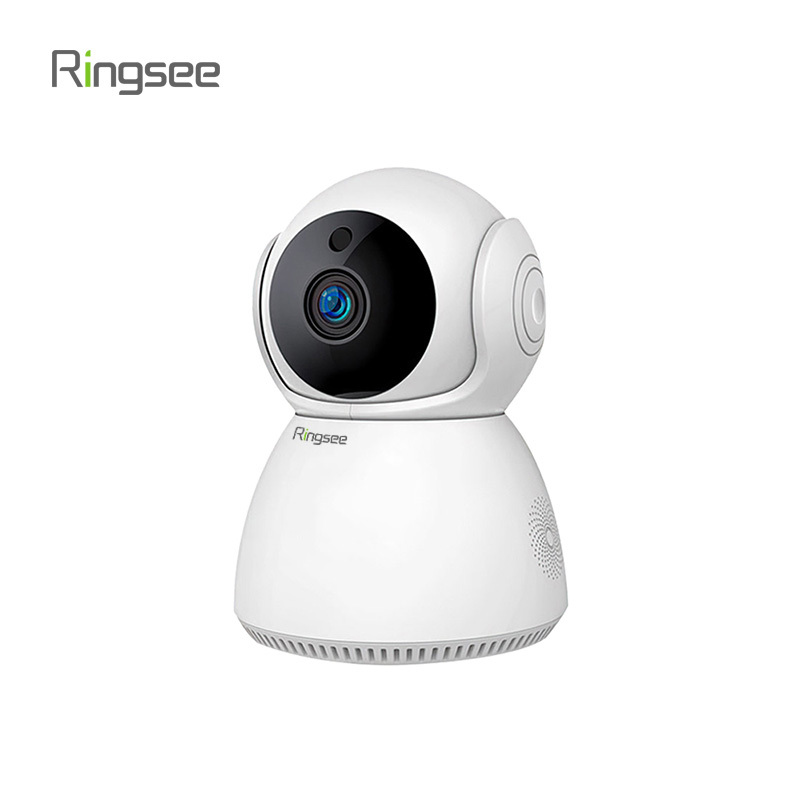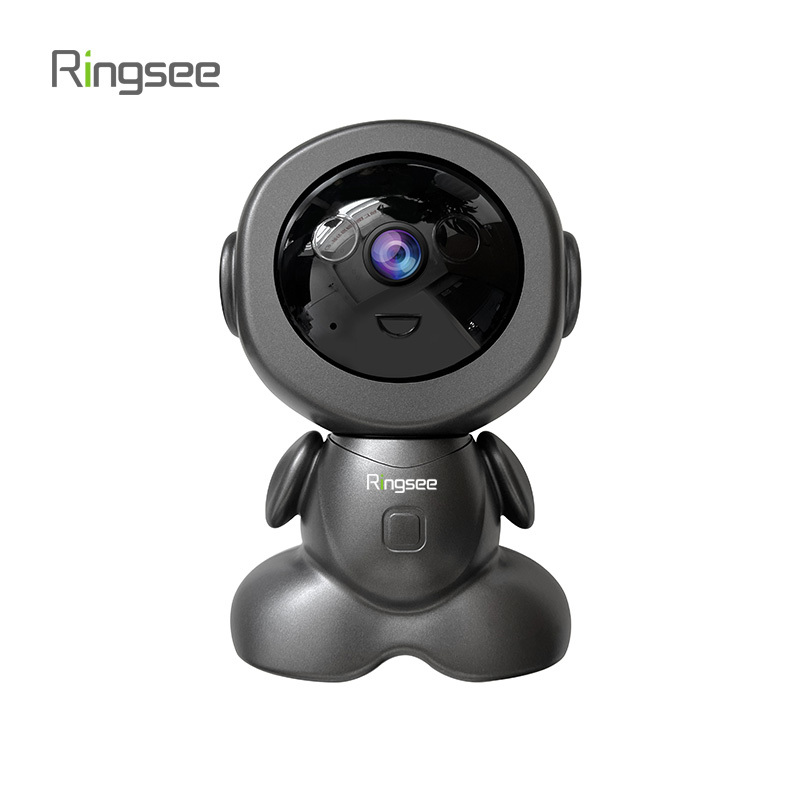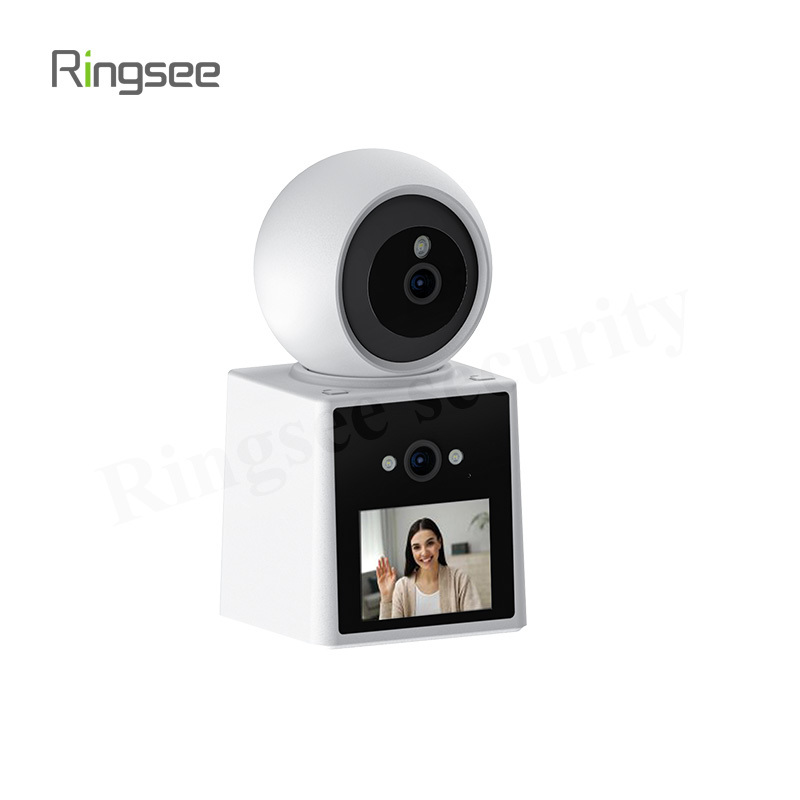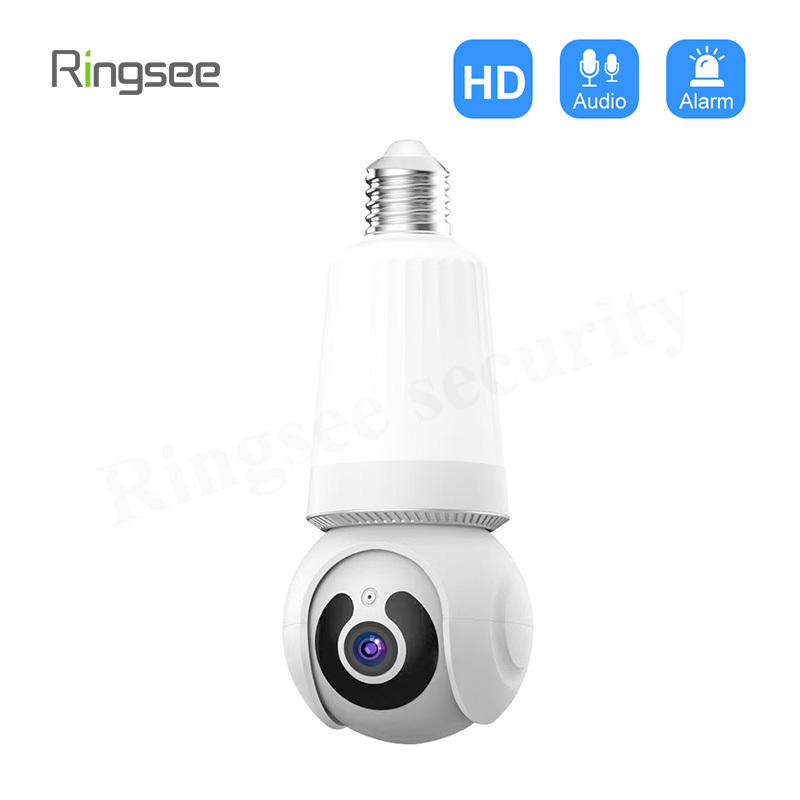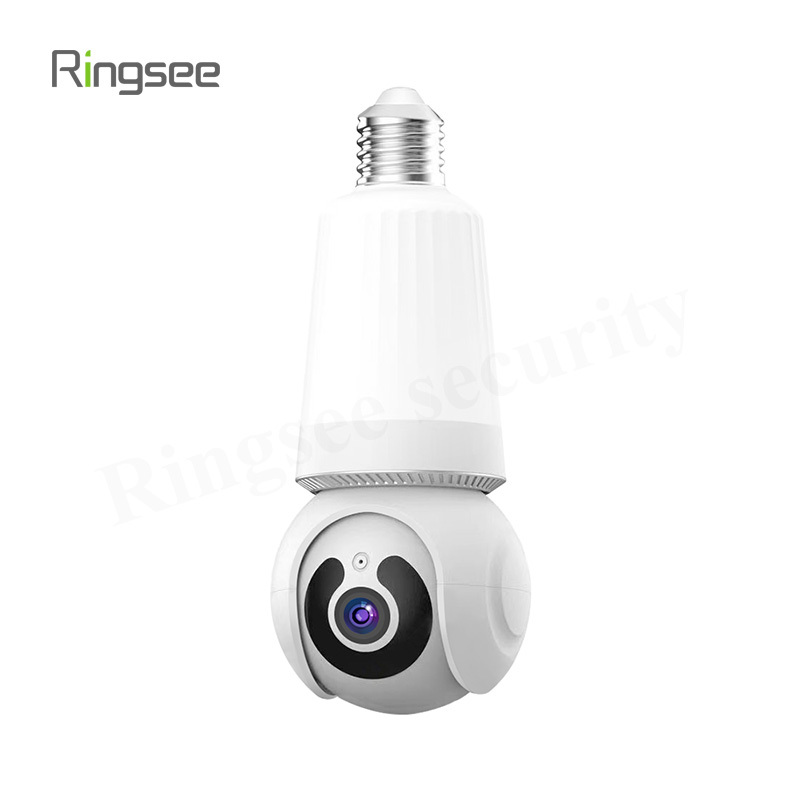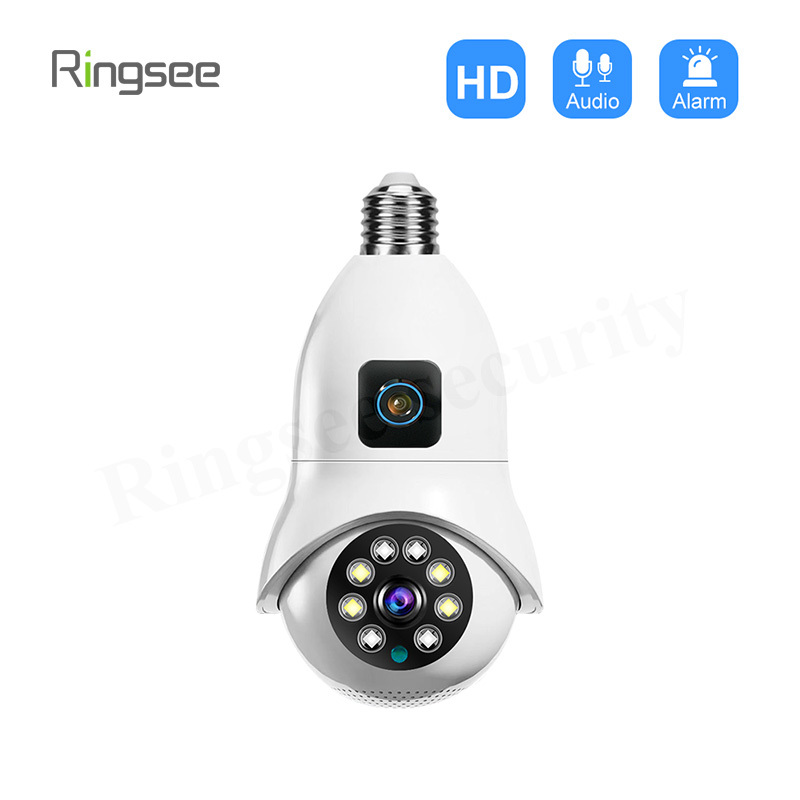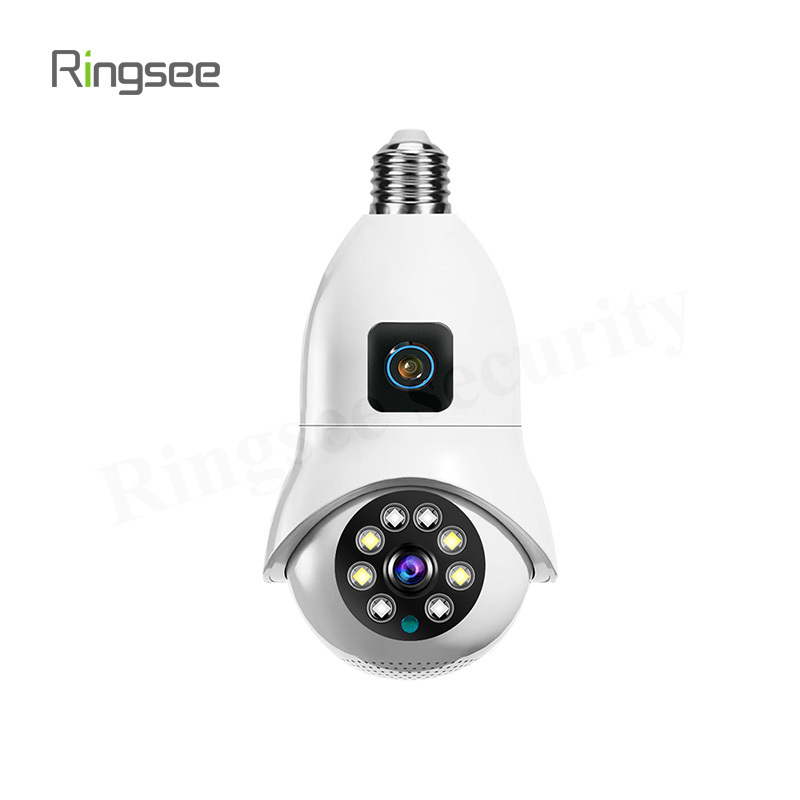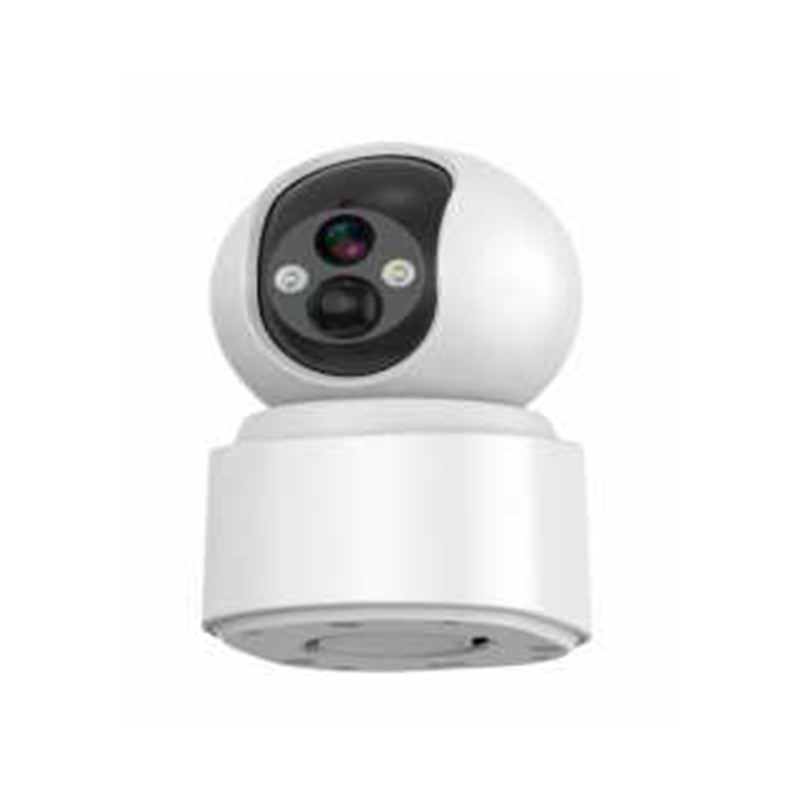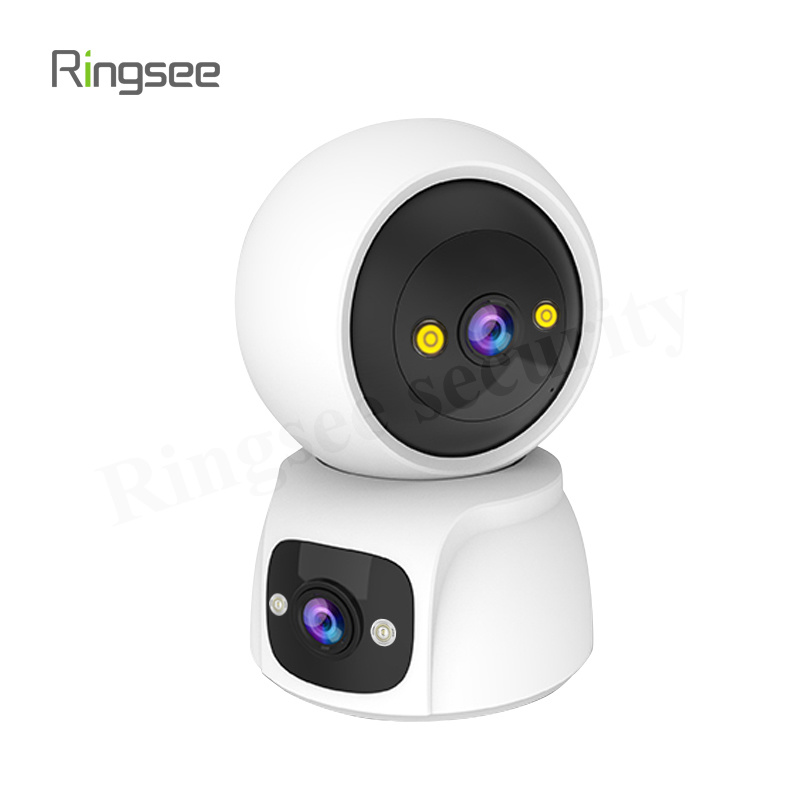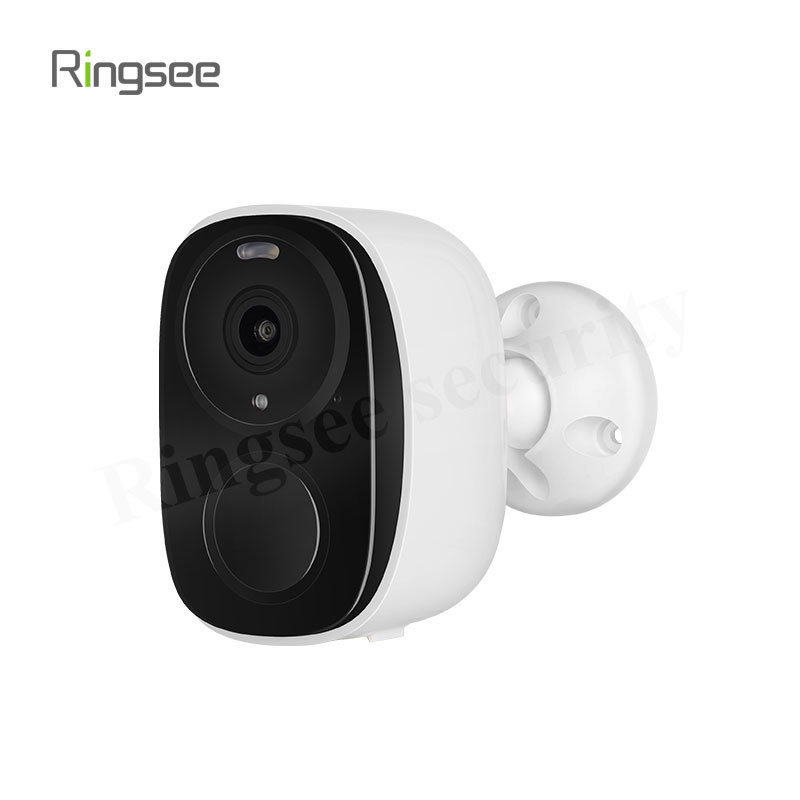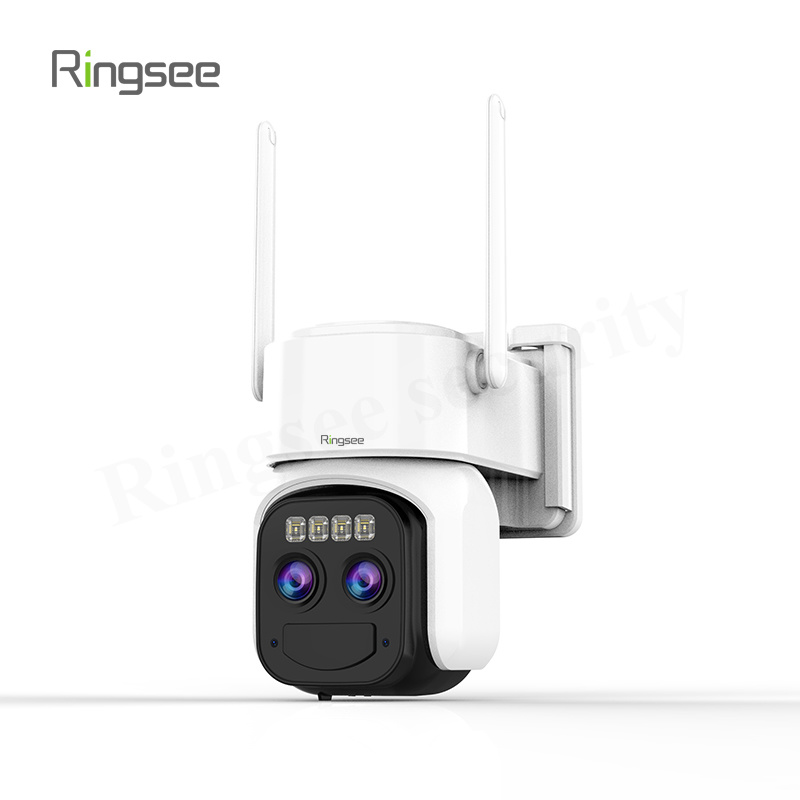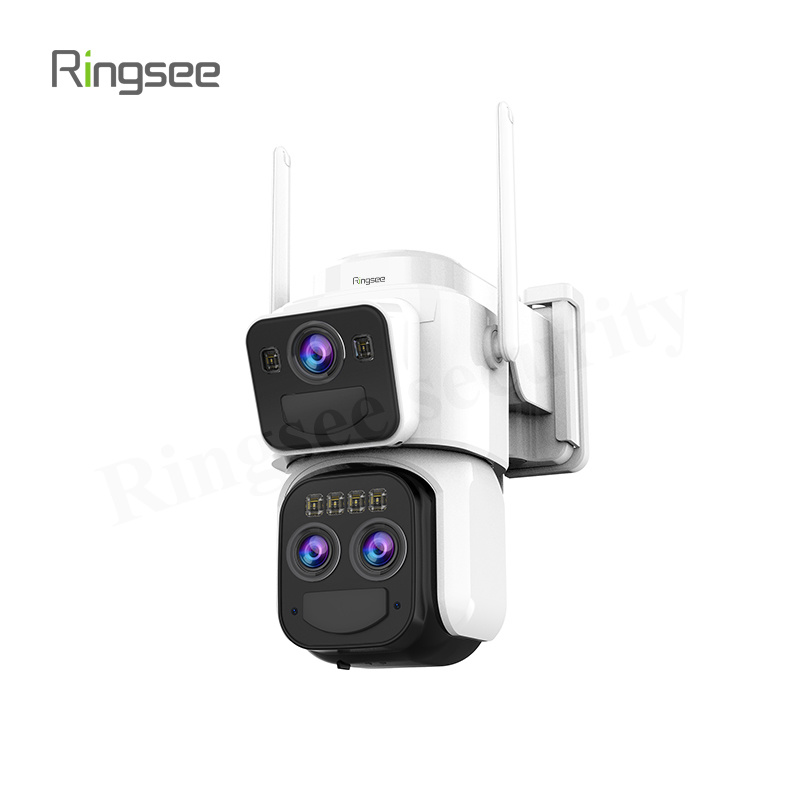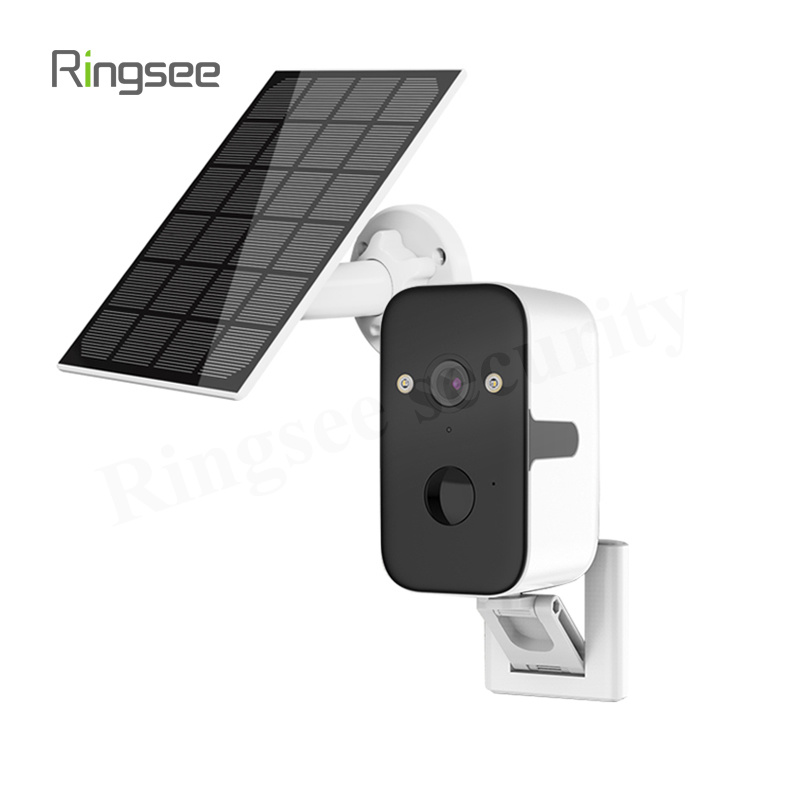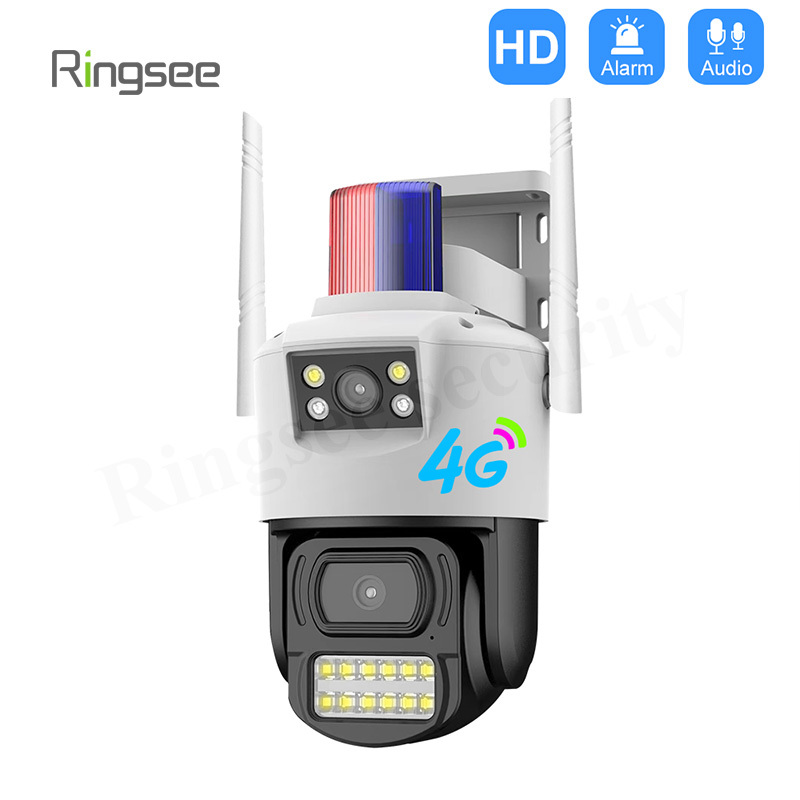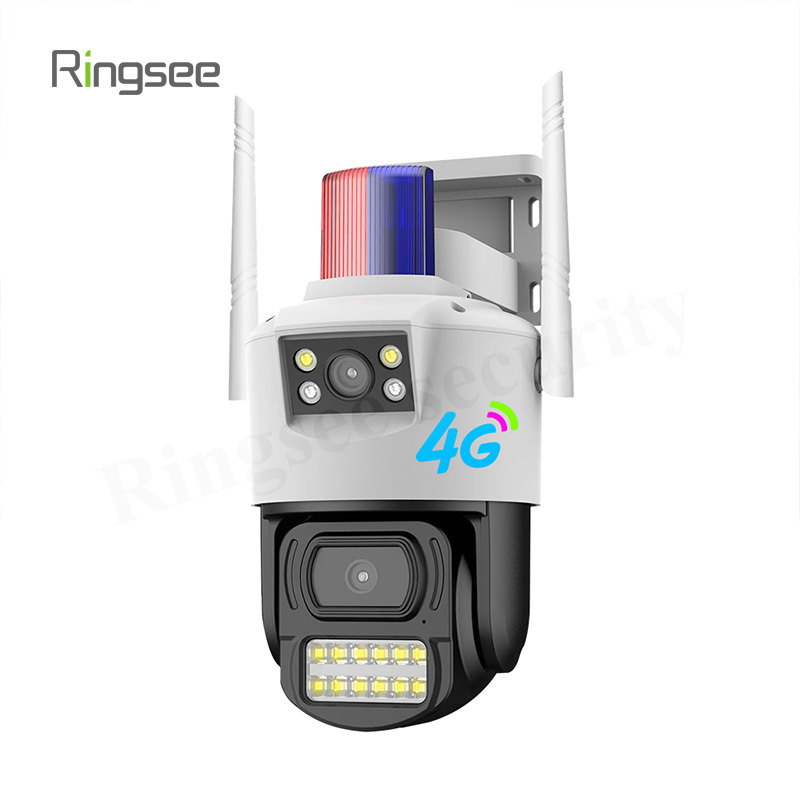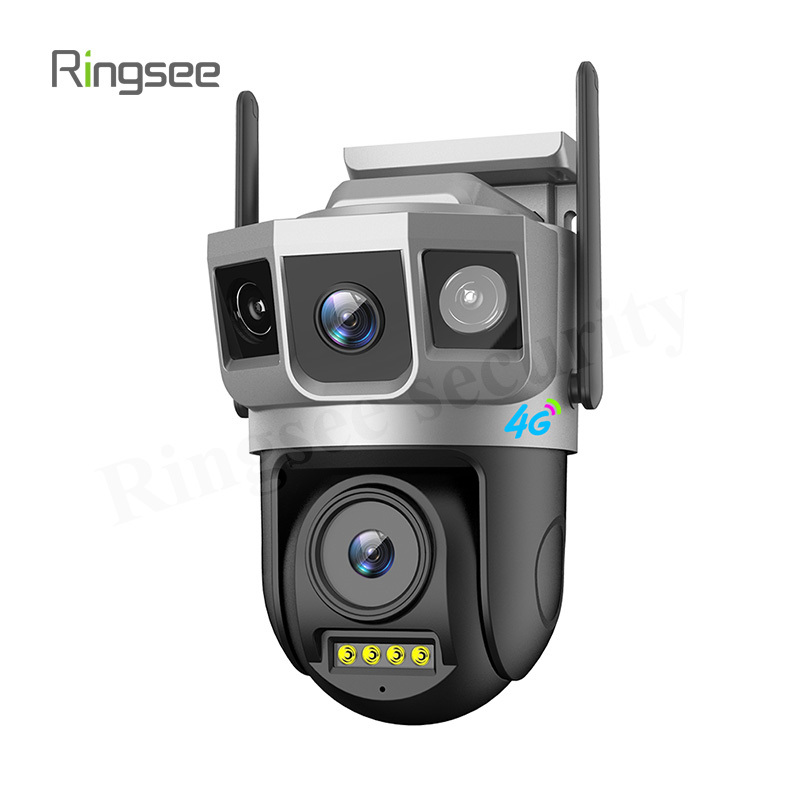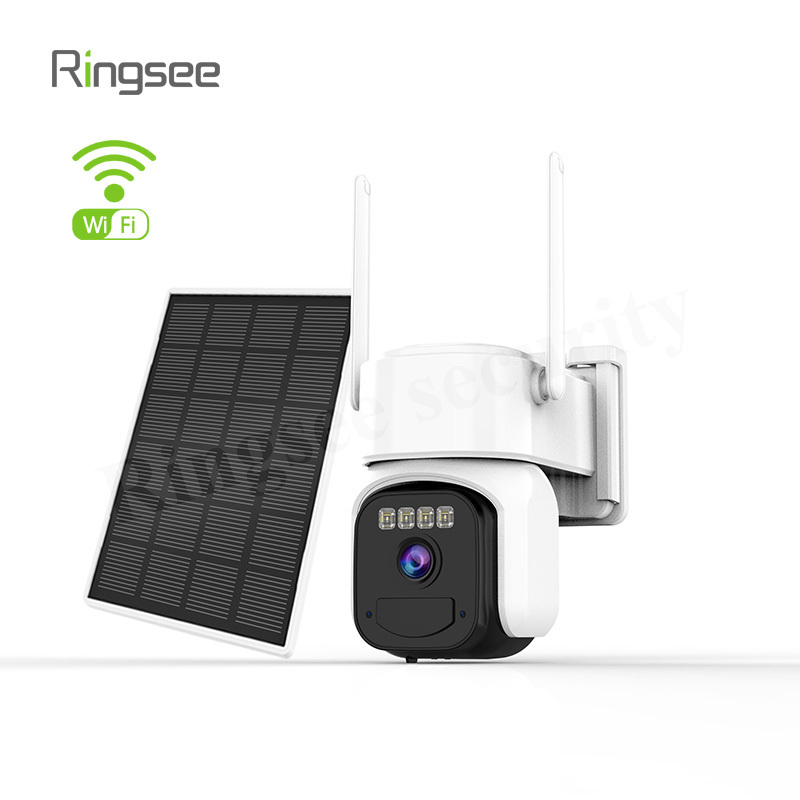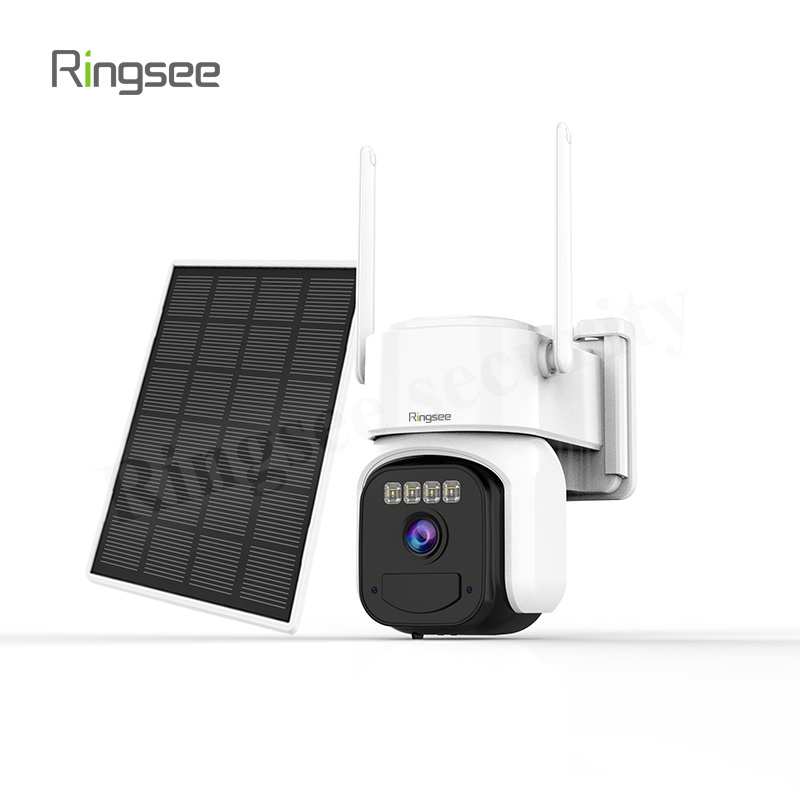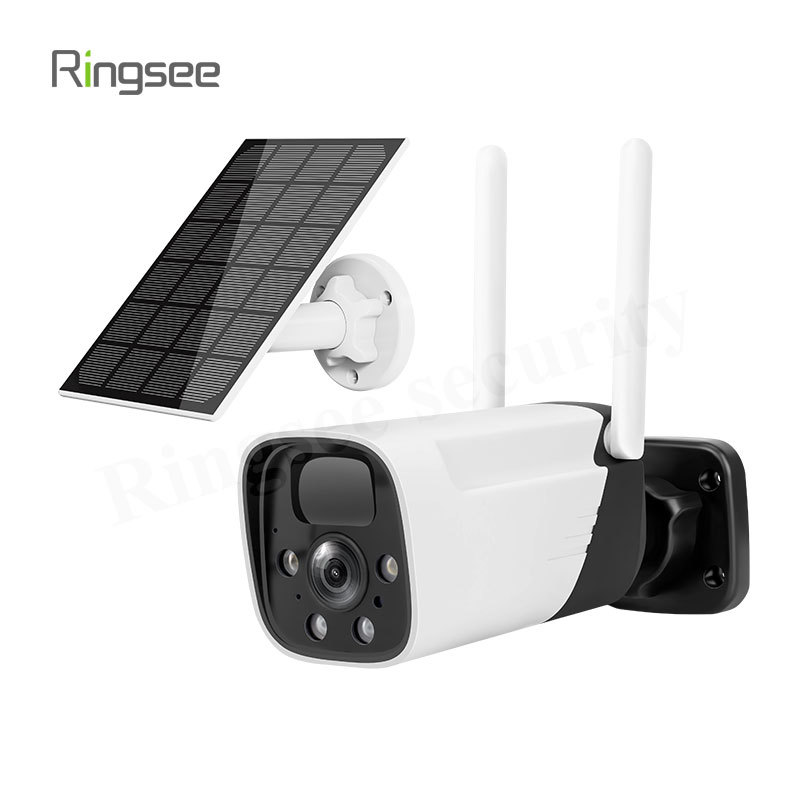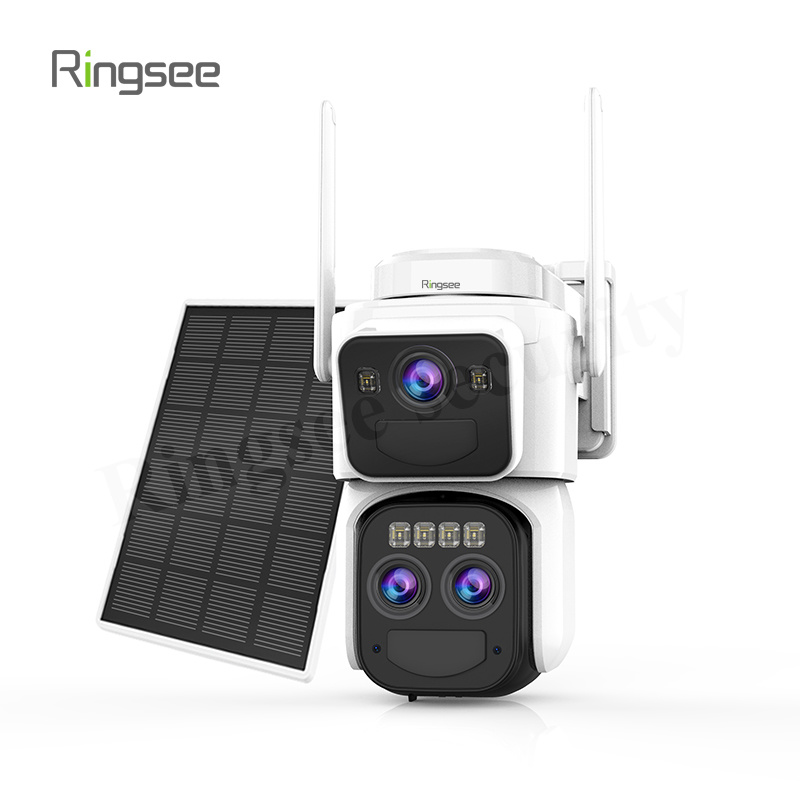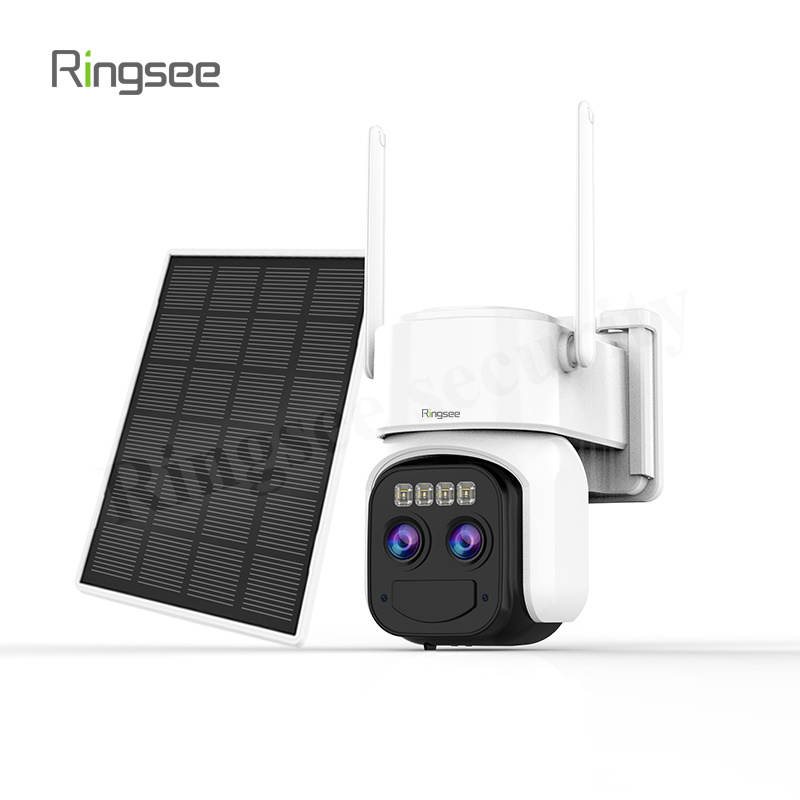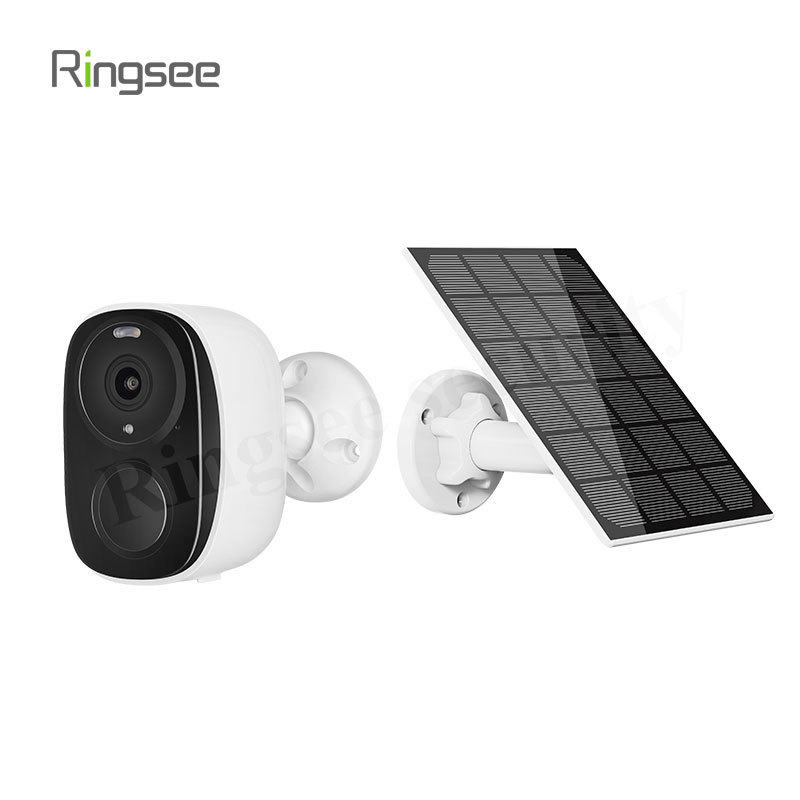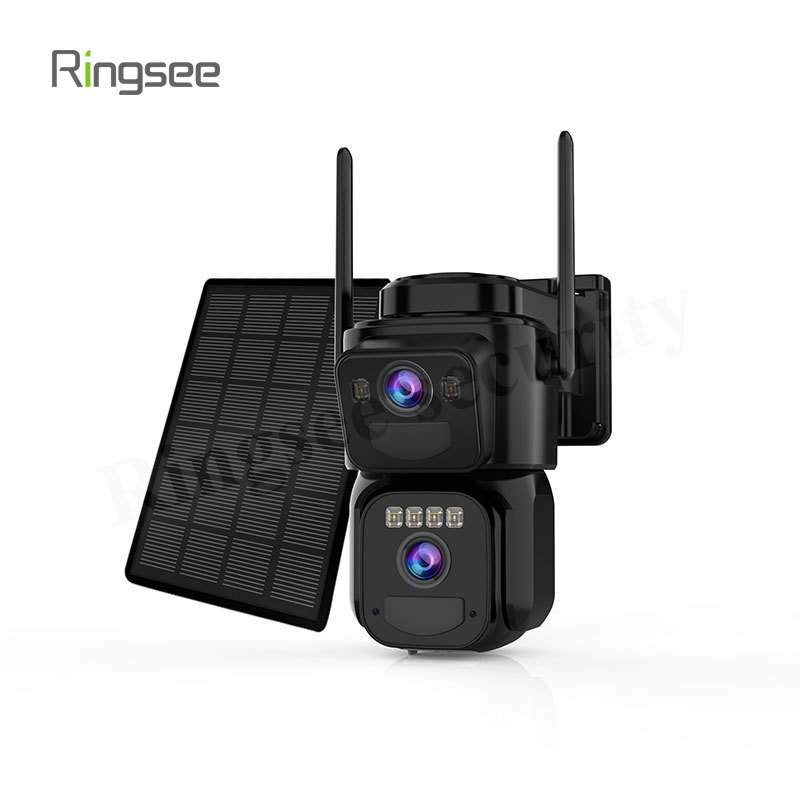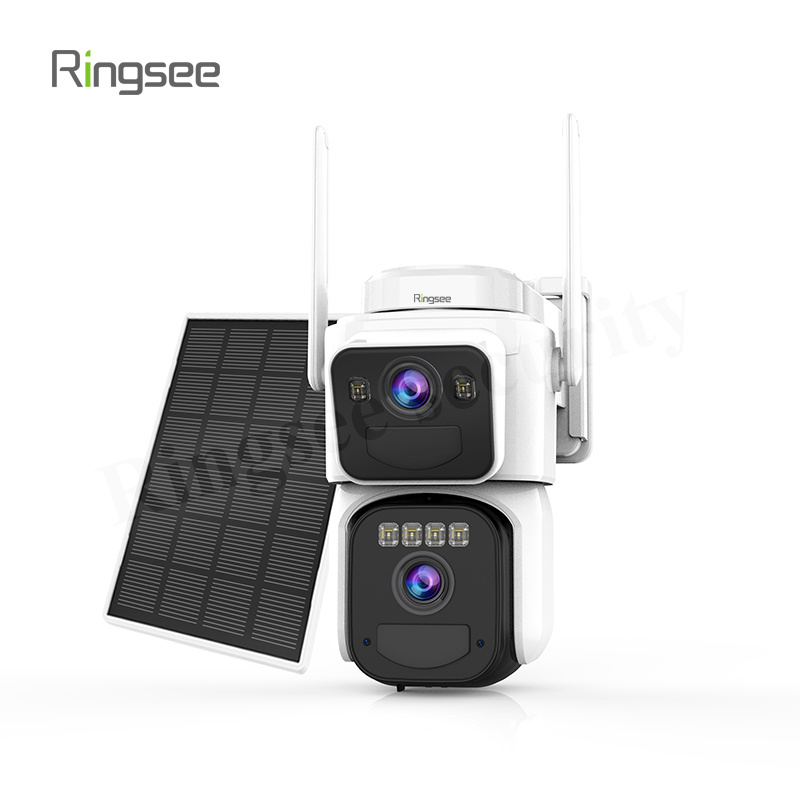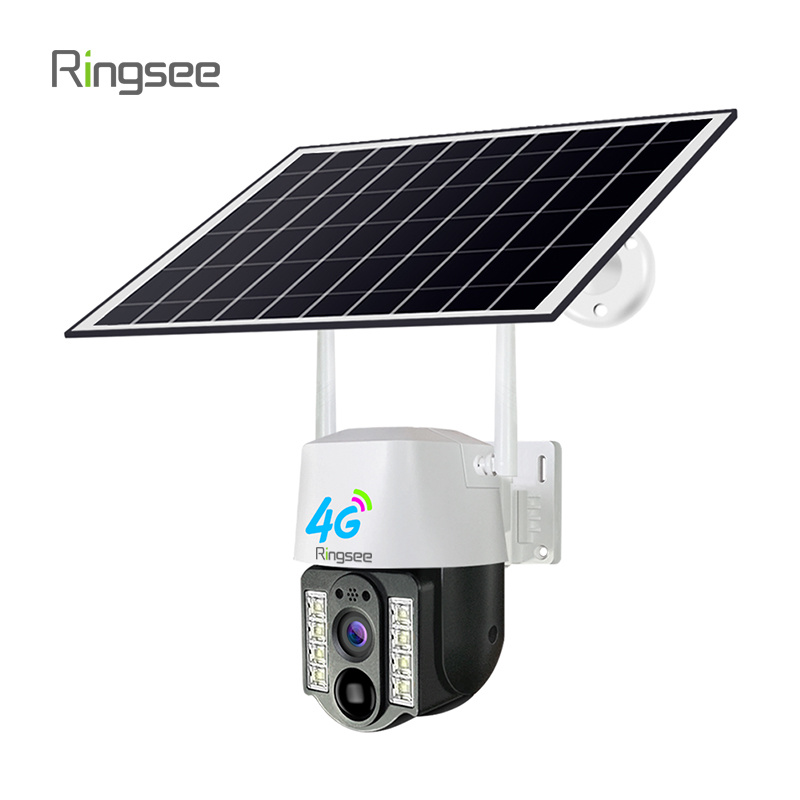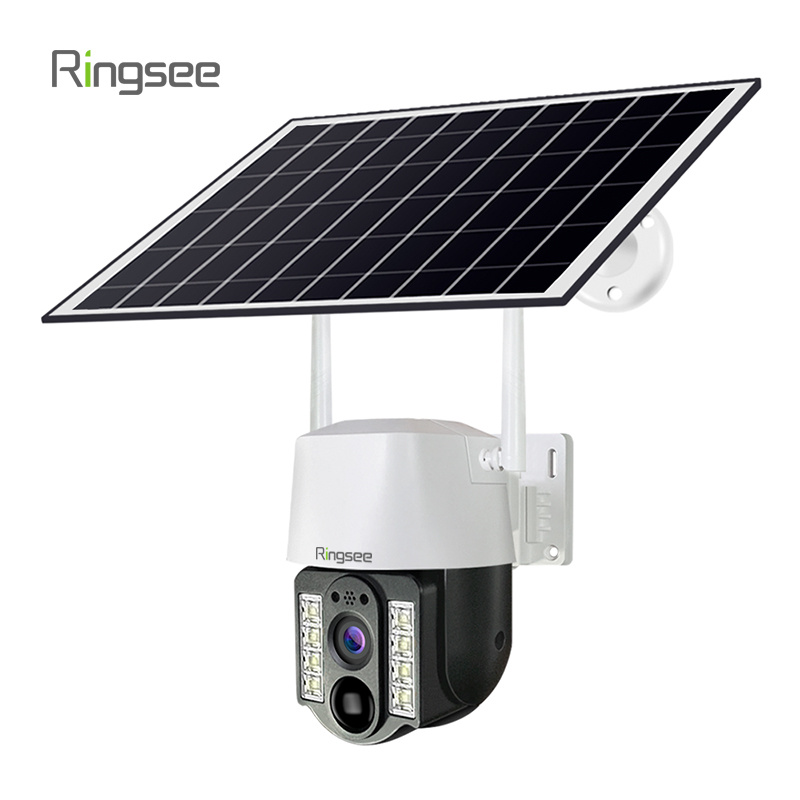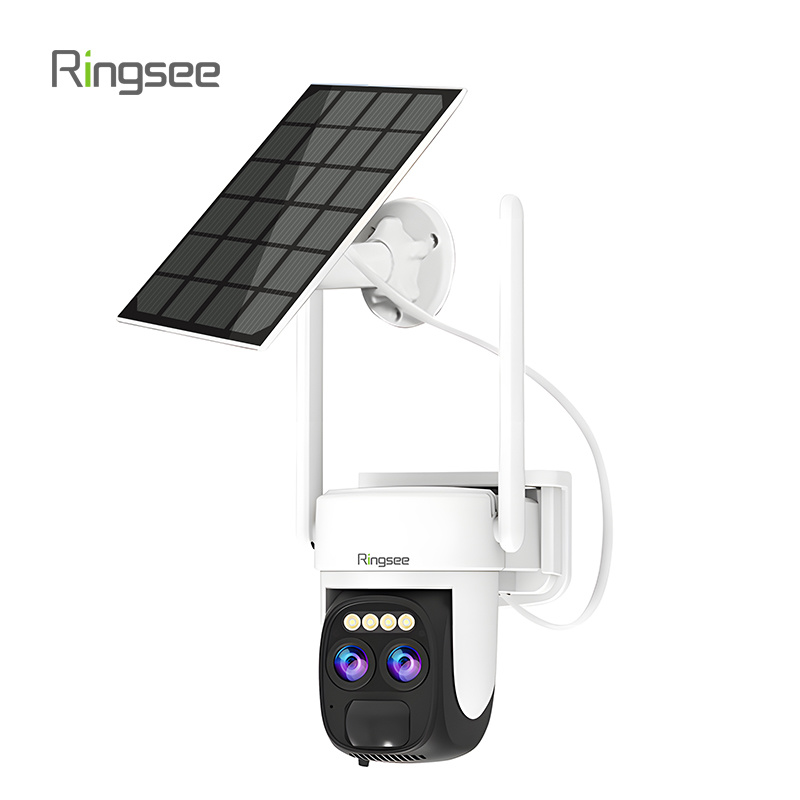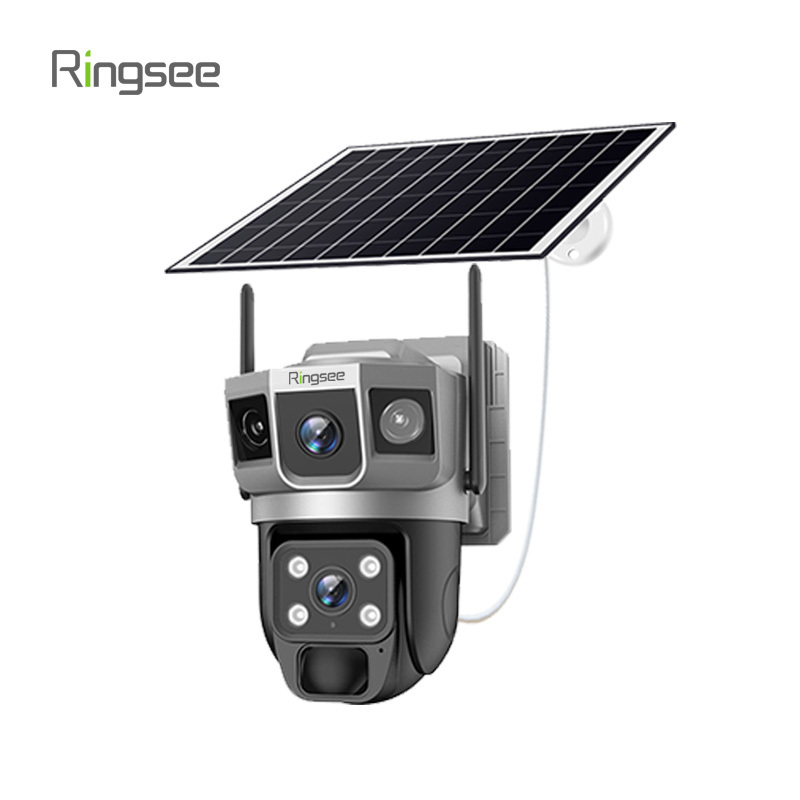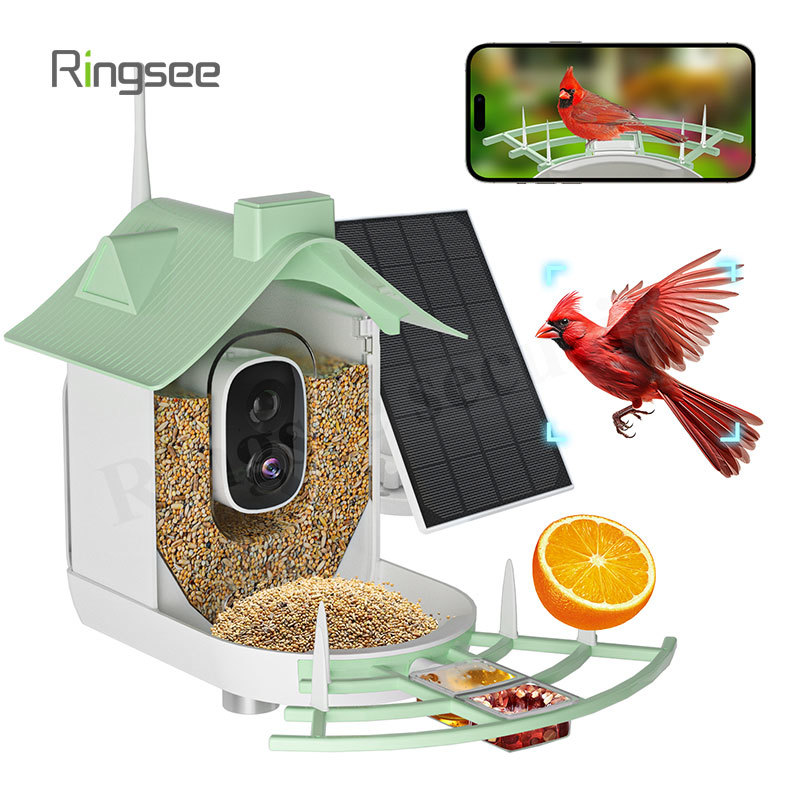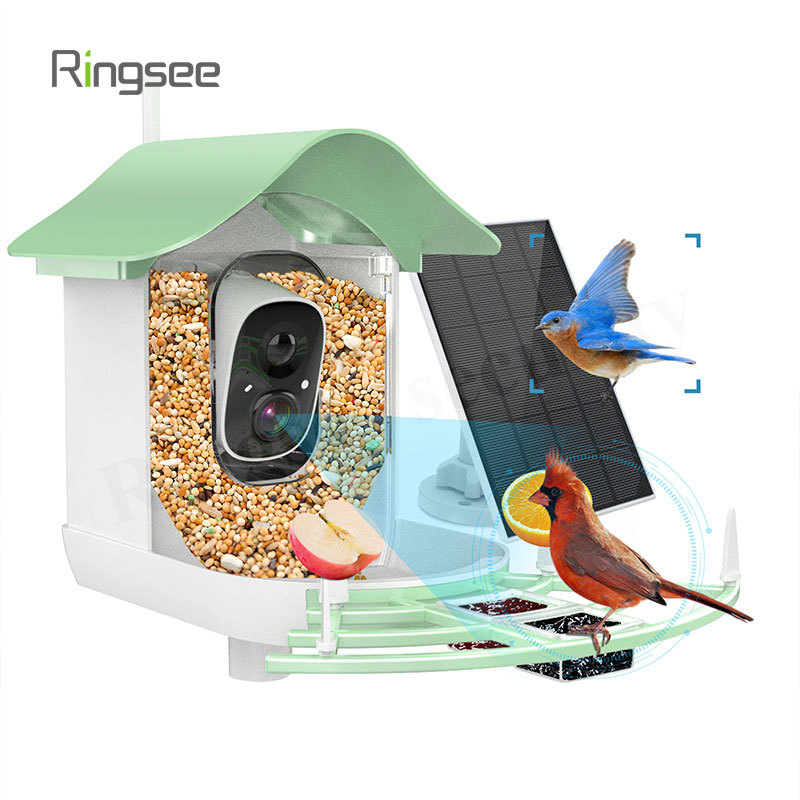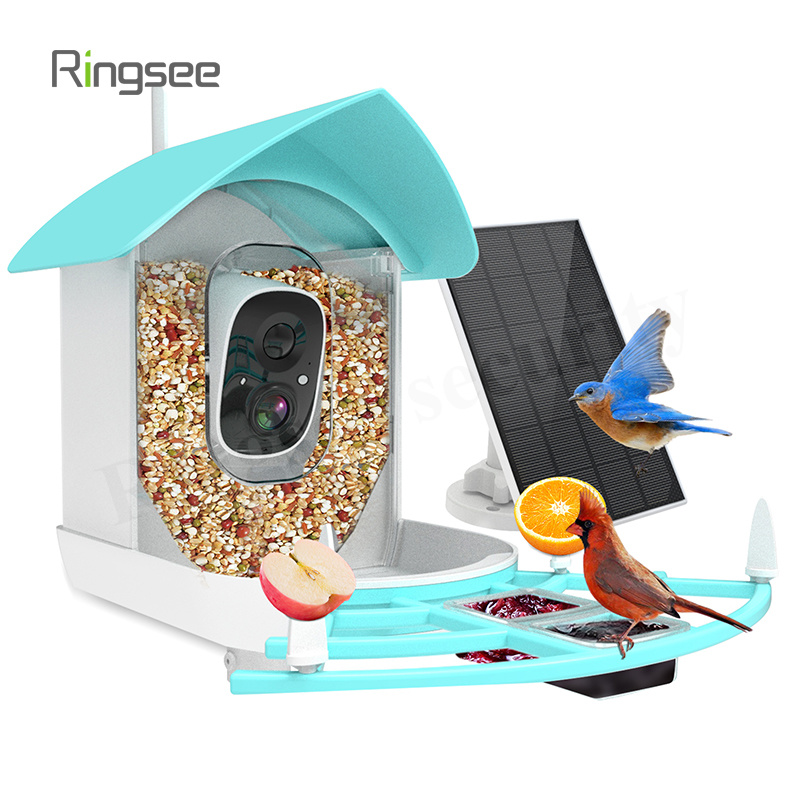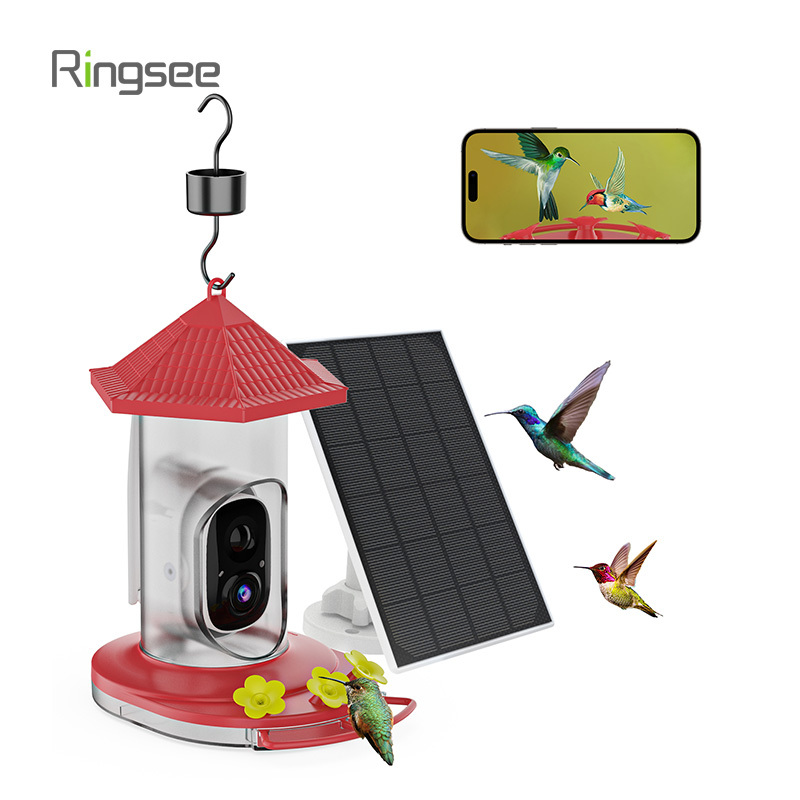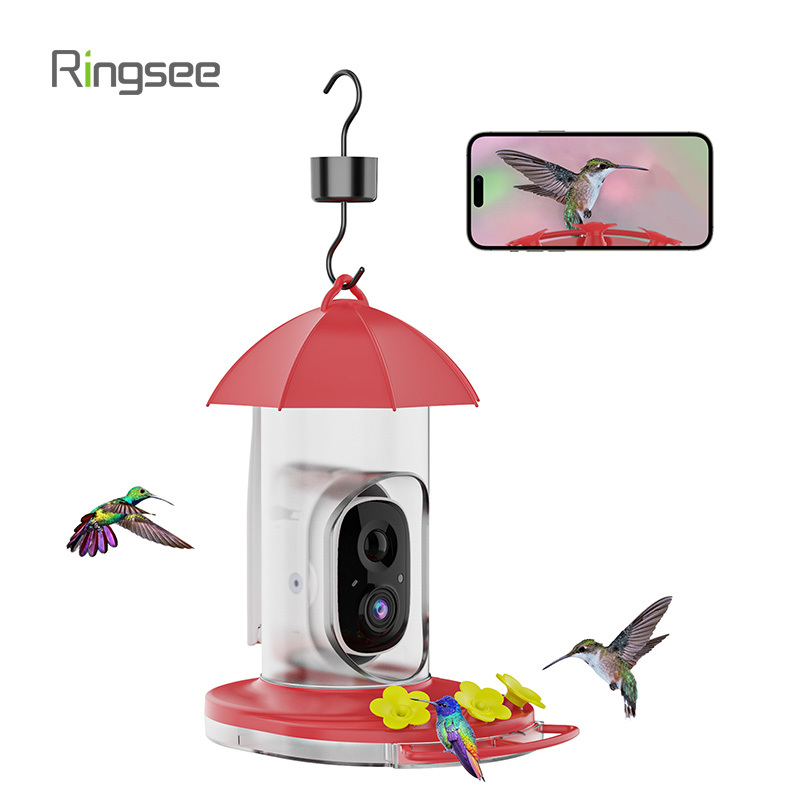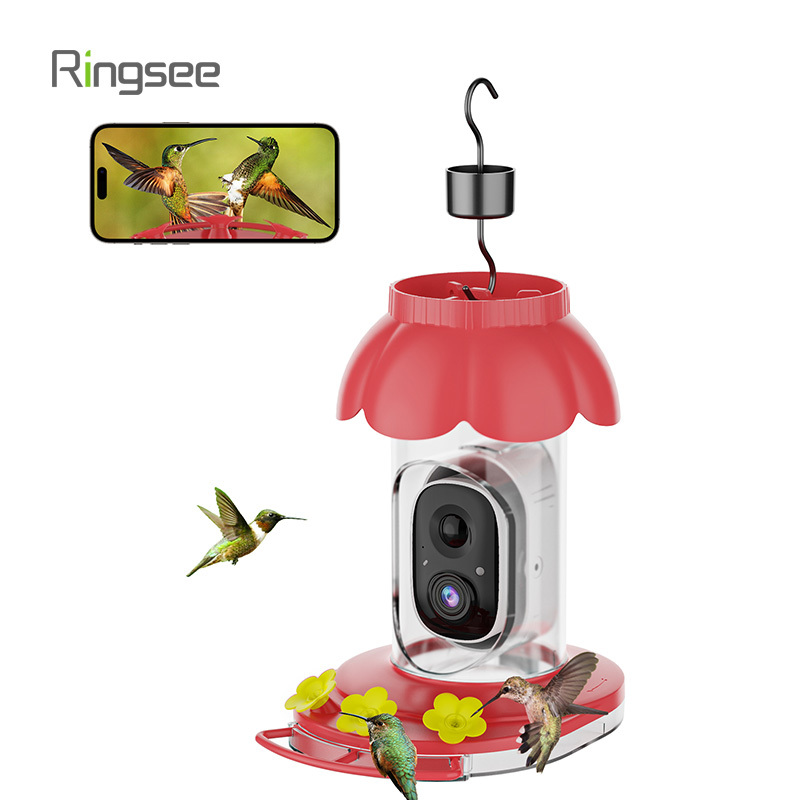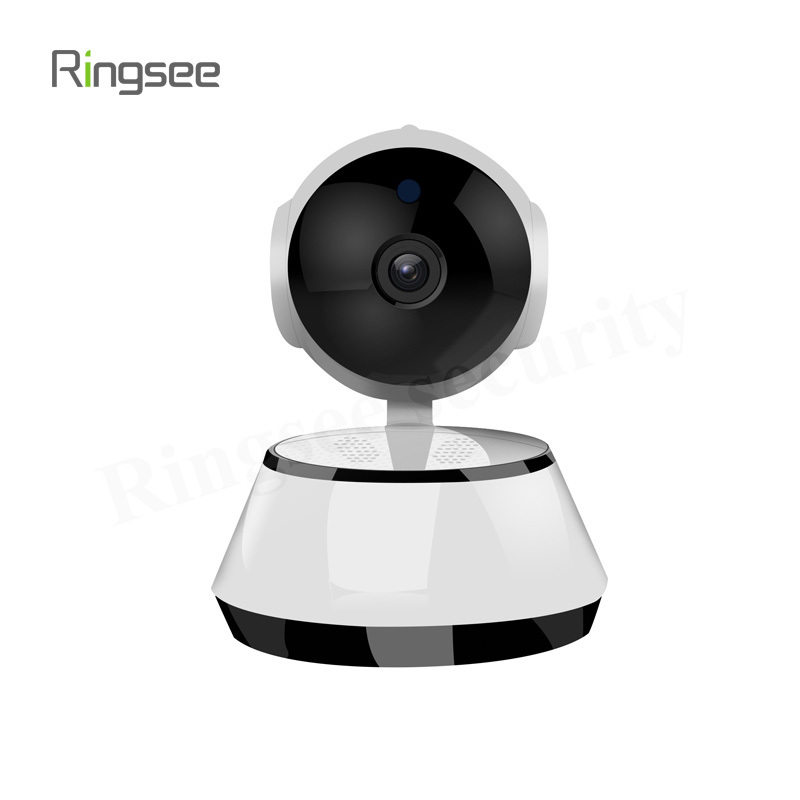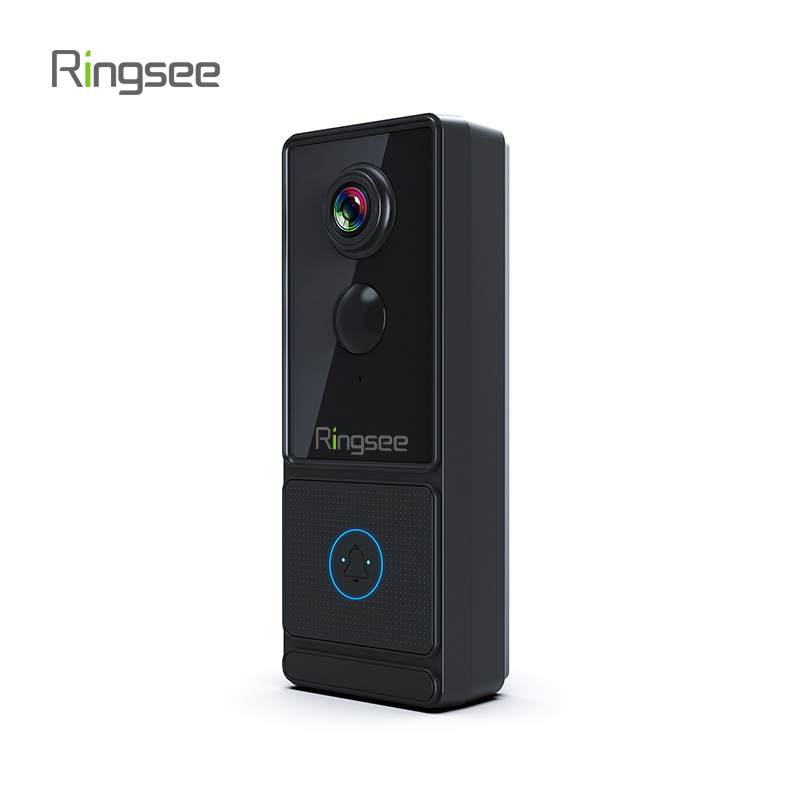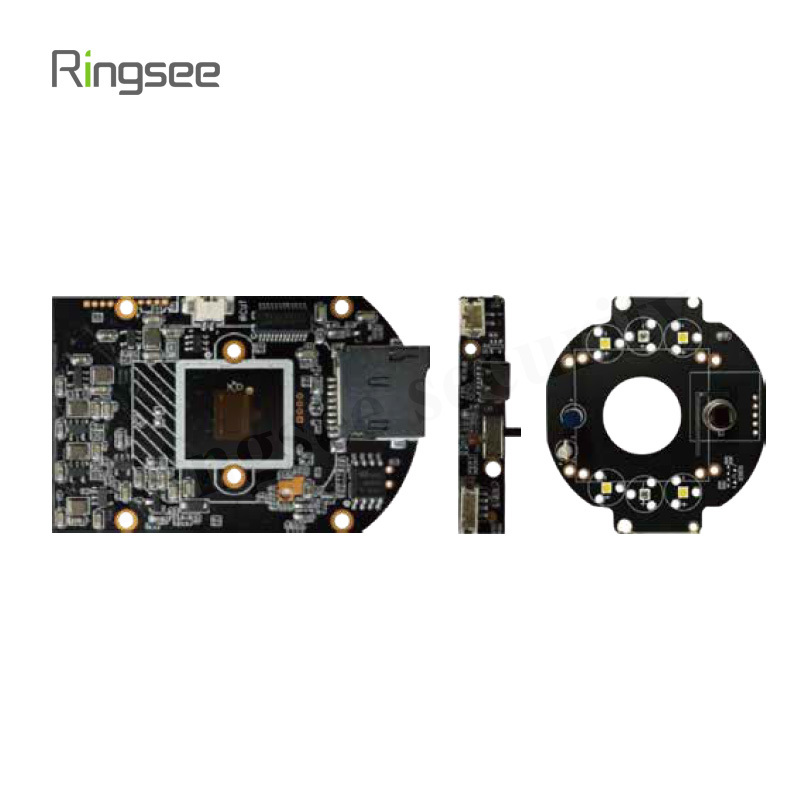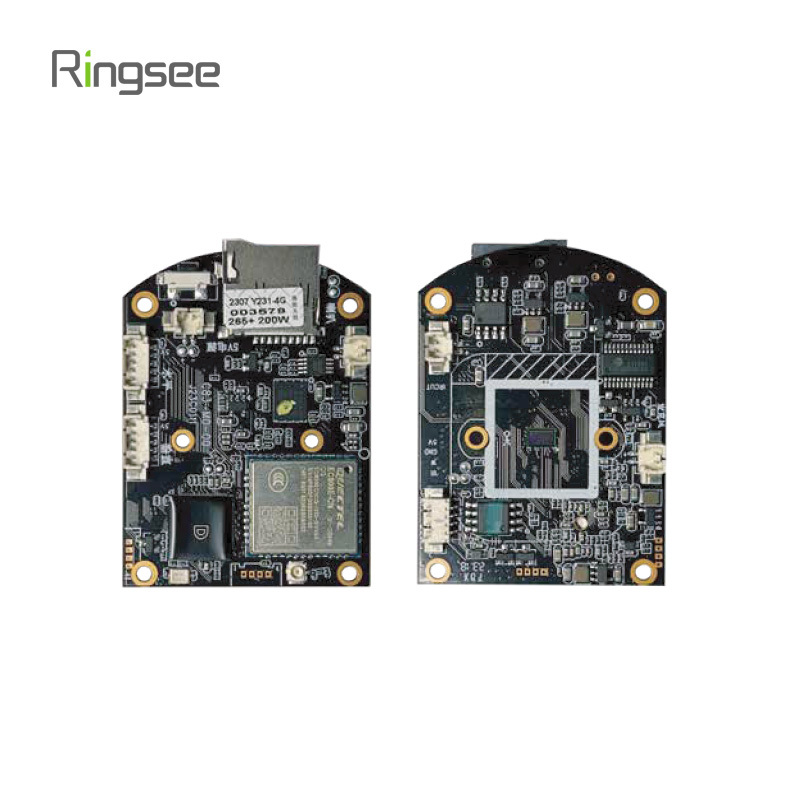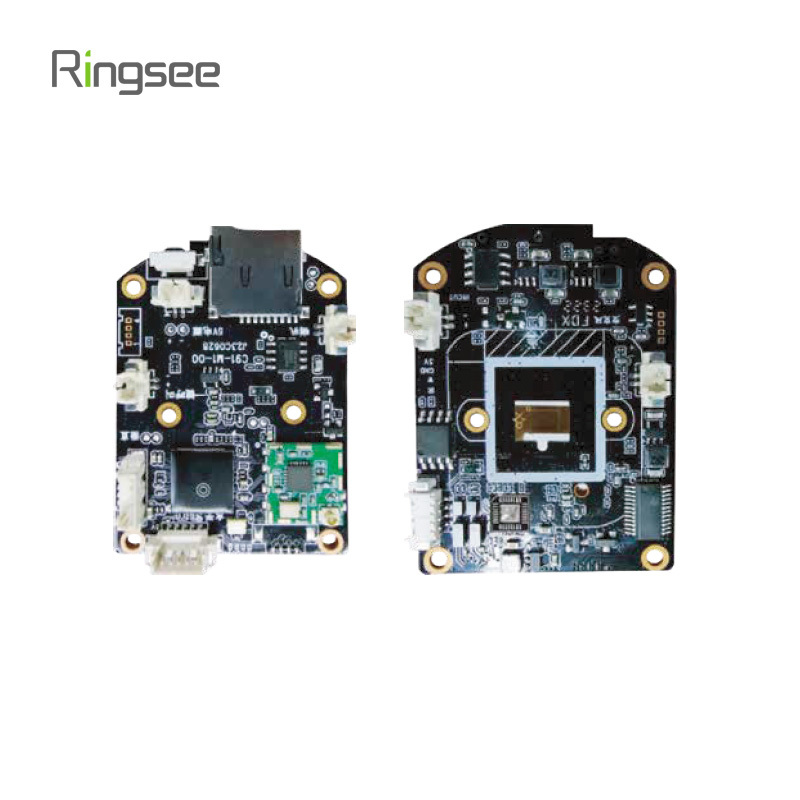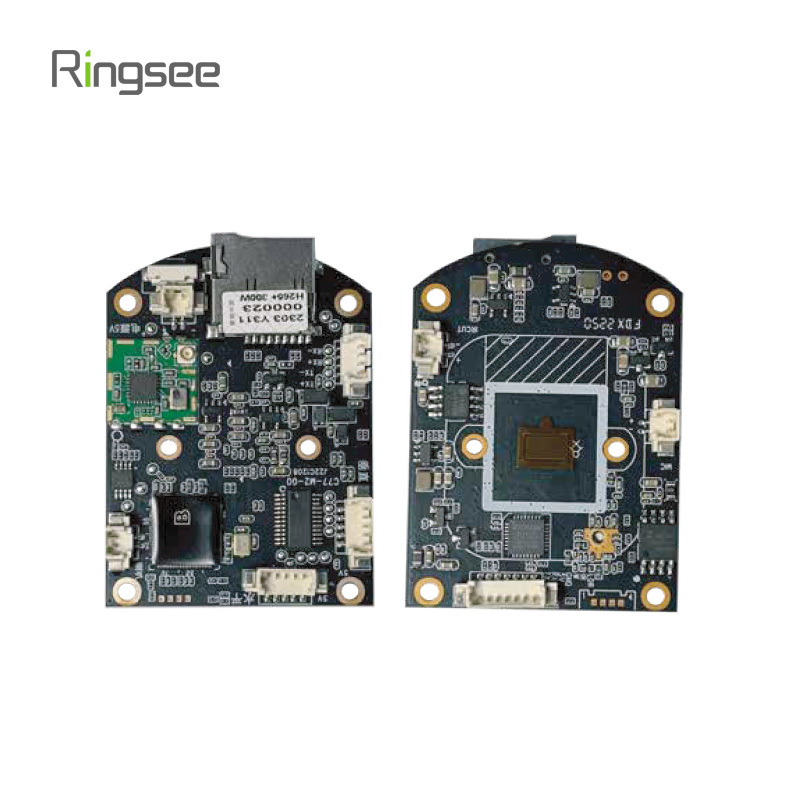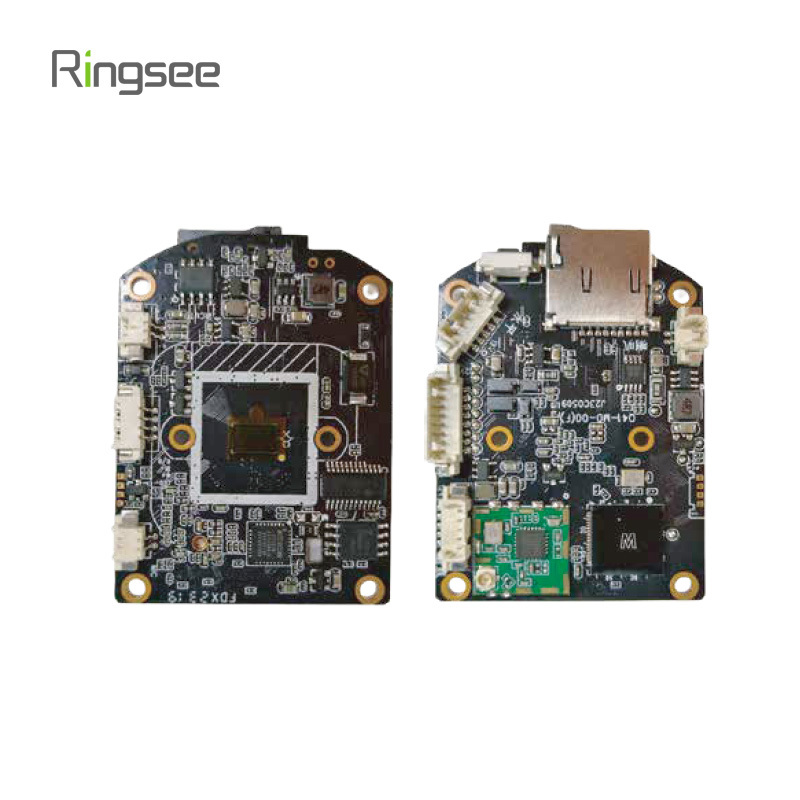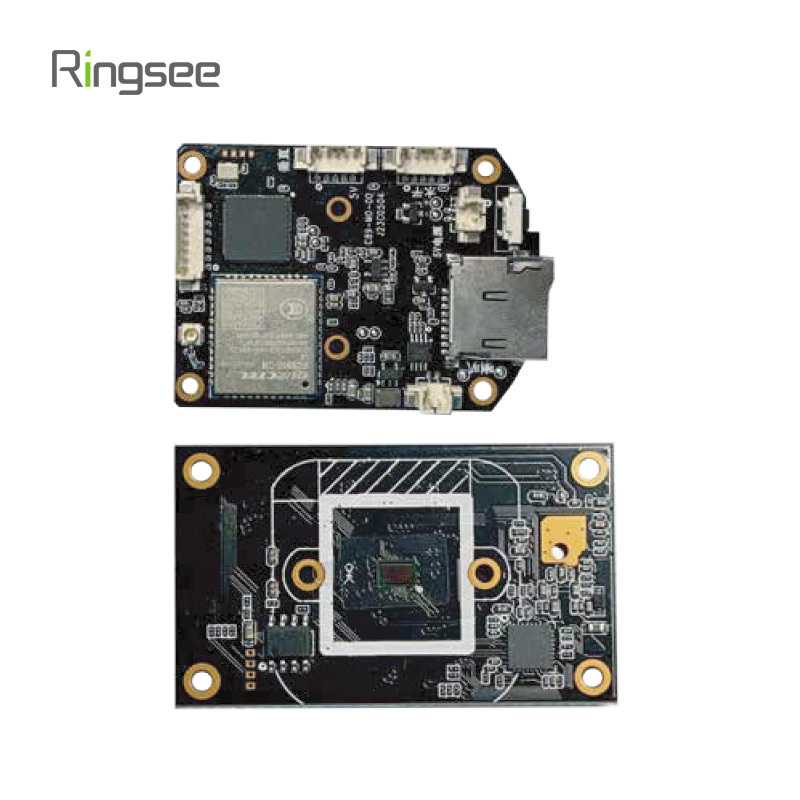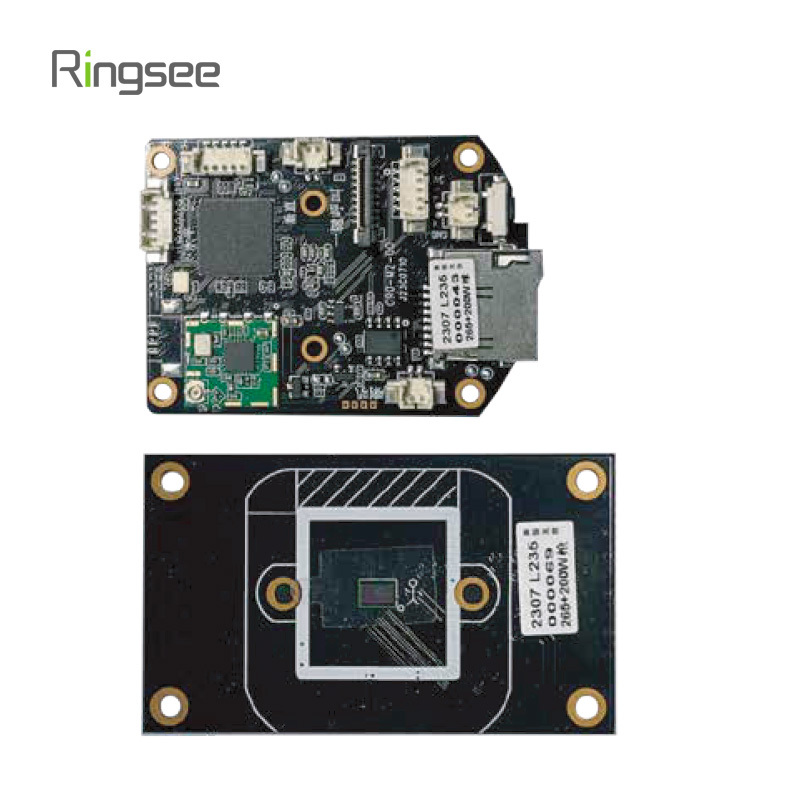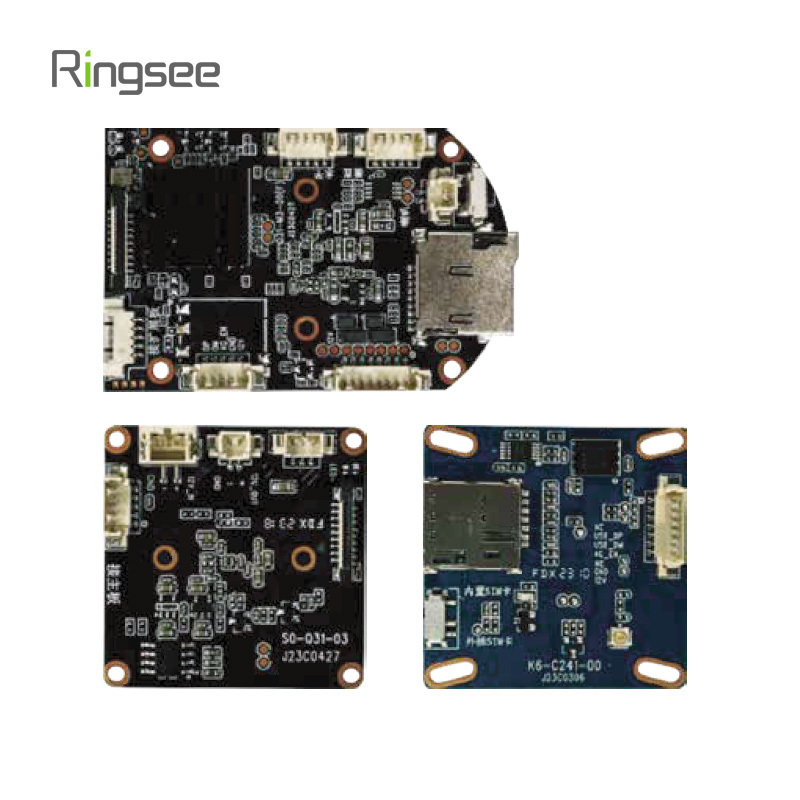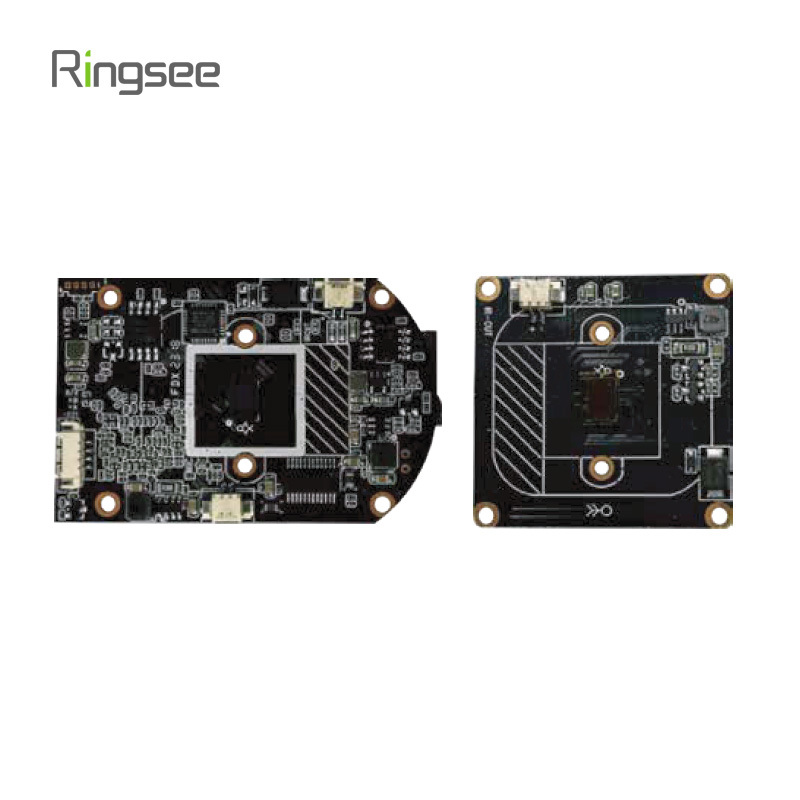Regulatory Landscape for AI Surveillance: Global Laws, Privacy, and Ethical Considerations
Publish:
2025-10-09 10:04
Source:
https://www.ring-see.com
Introduction: The Rise of AI-Powered Surveillance
Artificial intelligence (AI) has rapidly transformed the security camera industry, enabling advanced features such as facial recognition, object tracking, and behavioral analytics. From smart cities to corporate security systems, AI surveillance cameras are becoming integral tools for safety and efficiency.
However, this rapid advancement raises significant privacy, ethical, and regulatory challenges. Governments worldwide are introducing laws to regulate how AI surveillance technologies collect, process, and store data. Understanding this regulatory landscape is crucial for manufacturers, distributors, and end-users alike.
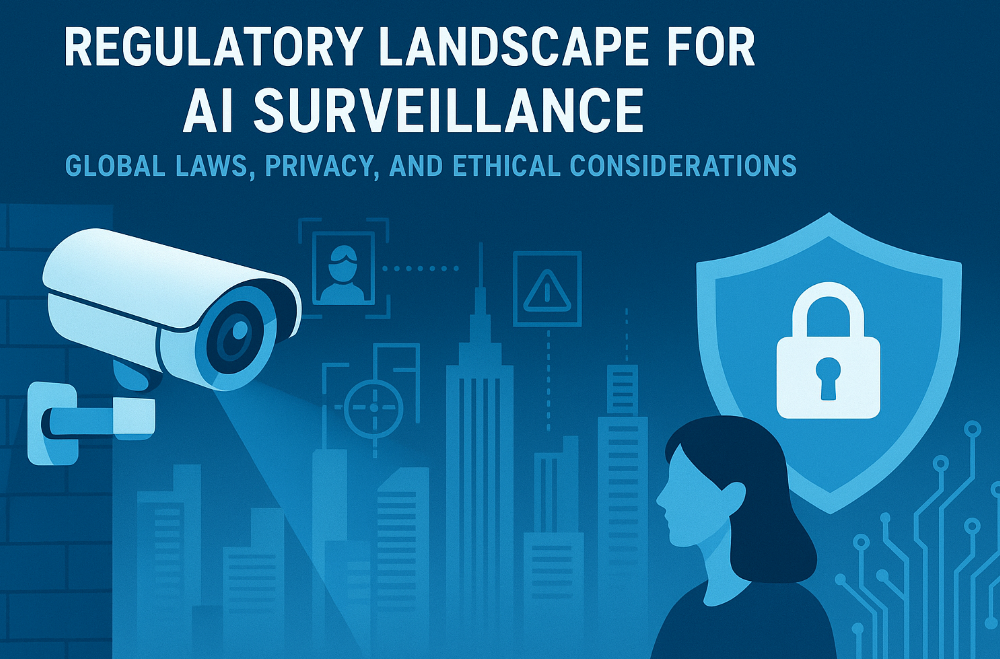
Global AI Surveillance Regulations: A Comparative Overview
AI surveillance laws differ widely across countries, reflecting varying levels of concern over privacy, security, and civil liberties.
Europe: Strictest Data Protection Standards
Europe leads the world in data privacy legislation, largely due to the General Data Protection Regulation (GDPR).
Under GDPR:
AI systems using biometric data, such as facial recognition, require explicit consent.
Data controllers must ensure transparency and accountability in AI decision-making.
Violations can result in fines up to 4% of annual global turnover.
For AI camera manufacturers like Ringsee, compliance with GDPR means integrating data encryption, local storage options, and anonymization features to meet European market standards.
United States: Fragmented but Evolving
The U.S. lacks a unified federal privacy law, but several states have introduced AI and biometric data laws:
California Consumer Privacy Act (CCPA) grants users rights to access, delete, and restrict data collection.
Illinois’ Biometric Information Privacy Act (BIPA) requires written consent before collecting biometric identifiers like facial data.
Major cities, such as San Francisco and Portland, have banned government use of facial recognition entirely.
These local regulations are pushing AI camera developers to implement user transparency and data opt-out mechanisms.
China: Balancing Security and Privacy
China is both a leader in AI innovation and a growing proponent of AI governance.
Key frameworks include:
Personal Information Protection Law (PIPL), comparable to GDPR, which regulates personal data use.
Cybersecurity Law and Data Security Law, which impose strict requirements on data handling and cross-border transfers.
For domestic manufacturers like Ringsee, these laws encourage responsible AI design—ensuring that smart cameras support both public safety and user privacy.
Other Regions
Japan and South Korea have adopted privacy acts modeled after GDPR.
Australia is reviewing its Privacy Act to include facial recognition and AI analytics.
The Middle East and Africa are gradually developing frameworks to balance surveillance for national security with personal rights protection.
Ethical Considerations: The Human Side of AI Surveillance
While regulations focus on compliance, ethics guide how surveillance technology should be designed and deployed.
Key ethical challenges include:
Transparency: Users should know when AI surveillance is in operation and how data is used.
Bias and Fairness: AI systems trained on limited datasets can produce biased results—especially in facial recognition accuracy.
Proportionality: The extent of monitoring should align with legitimate security needs.
Accountability: Organizations must take responsibility for how AI decisions affect individuals.
Ethical frameworks such as the OECD AI Principles and UNESCO’s AI Ethics Recommendations encourage responsible AI practices across borders.
The Role of Manufacturers: Building Compliance into Design
Forward-thinking manufacturers are not just following regulations—they are embedding compliance and ethics into product design.
Ringsee, a leading Chinese AI surveillance camera manufacturer, exemplifies this approach:
Incorporating on-device AI processing to minimize cloud data exposure.
Offering customizable privacy modes for OEM/ODM partners.
Using AI algorithms trained with diverse datasets to reduce bias.
Providing transparent data policies and compliance documentation for international clients.
Such strategies not only align with legal standards but also build global trust and market competitiveness.
Future Outlook: The Path Toward Unified AI Governance
As AI surveillance becomes more sophisticated, global harmonization of regulations will become essential.
Experts predict:
The emergence of cross-border AI compliance standards, similar to ISO certifications.
Increasing demand for AI auditing and explainability tools.
A stronger focus on “privacy by design” principles during camera development.
Manufacturers that proactively adapt—like Ringsee—will be best positioned to serve markets requiring both innovation and accountability.
Conclusion
The regulatory landscape for AI surveillance is complex and rapidly evolving. From Europe’s stringent GDPR to China’s PIPL and the United States’ state-level rules, every market demands a balance between innovation and responsibility.
For global manufacturers like Ringsee, success lies in merging technological excellence with ethical and legal compliance, ensuring that AI surveillance enhances safety without compromising privacy.
Related News
The Ultimate Guide to Solar Trail Cameras: Capturing Wildlife Without Hassle
In this guide, we cover everything you need to know: what features matter, how to choose the right model, practical tips for deployment, and real world examples of how solar wildlife cameras are already making a difference.
Oct 09,2025
Explore the integration of thermal and visible light for night-time security with AI advances. Learn how AI-powered fusion enhances crime detection, border security, and remote facility monitoring. Discover how Ringsee is leading the way in AI-driven surveillance technology.
Oct 09,2025
Regulatory Landscape for AI Surveillance: Global Laws, Privacy, and Ethical Considerations
Explore the global regulatory landscape for AI-powered surveillance. Learn about key laws, privacy standards, and ethical considerations shaping the use of intelligent security cameras from leading manufacturers like Ringsee in China.
Oct 09,2025
Cloud Storage vs. SD Card: Best Storage Options for 4G Solar Cameras Introduction
Compare cloud storage and SD card storage for 4G solar cameras. Learn which option offers better security, convenience, and cost-effectiveness. Discover how Ringsee, a leading Chinese manufacturer, provides flexible storage solutions for smart solar cameras.
Oct 05,2025
Wholesale 4G Solar Powered Cameras: What Buyers Should Know
Discover what to consider before purchasing wholesale 4G solar powered cameras. Learn about key features, certifications, and OEM opportunities with Ringsee, a leading Chinese security camera manufacturer offering customizable 4G solar solutions for global buyers.
Oct 05,2025
Links:One Belt Power Technology
Add: 14th Floor, Baoshan Building, Longhua District, Shenzhen China.
Privacy Policy | SEO | CitySite | Support: 300.cn Dongguan
COOKIES
Our website uses cookies and similar technologies to personalize the advertising shown to you and to help you get the best experience on our website. For more information, see our Privacy & Cookie Policy
COOKIES
Our website uses cookies and similar technologies to personalize the advertising shown to you and to help you get the best experience on our website. For more information, see our Privacy & Cookie Policy
These cookies are necessary for basic functions such as payment. Standard cookies cannot be turned off and do not store any of your information.
These cookies collect information, such as how many people are using our site or which pages are popular, to help us improve the customer experience. Turning these cookies off will mean we can't collect information to improve your experience.
These cookies enable the website to provide enhanced functionality and personalization. They may be set by us or by third-party providers whose services we have added to our pages. If you do not allow these cookies, some or all of these services may not function properly.
These cookies help us understand what you are interested in so that we can show you relevant advertising on other websites. Turning these cookies off will mean we are unable to show you any personalized advertising.

